into bolivia
The final days of our year-long journey through Perú were spent riding a remote alternate route to the established Ruta de las Tres Cordilleras, from the high altitude mining town of Ananea through to the Bolivian town of Escoma.
While we’d stuck to the Tres Cordilleras continuously from Ausangate through to Ananea, at the latter town a detour from the original route was required. The original Tres Cordilleras route was ridden northbound, crossing an unmanned border at Suches Lake right at the foot of the Cordillera Apolobamba, which required a post-dated exit stamp from Bolivia and then a bus detour to Puno to gain a Peru entry stamp. Unfortunately exiting Peru into Bolivia at Suches Lake is not possible as the Peru migracion office in Puno refuses to issue post-dated visas for crossing at this now defunct border, which has been replaced with a formal border crossing at Tilali-Puerto Acosta. There’s also the problem of obtaining an entry stamp for Bolivia, which isn’t possible until you reach Puerto Acosta, some days later. You’d be in Bolivia illegally for several days.
To bypass the border complications, the vast majority of cyclists on the Tres Cordilleras route have consequently followed a mostly-paved alternative route between Ananea and Tilali (or vice-versa) posted on Bikepacking.com. Looking for an ‘alternate alternate’ that avoided pavement and was more direct, we made a studious examination of the satellite and OSM maps and came up with a route from Ananea to Escoma (near the TC route in Bolivia) that is much more in keeping with the overall experience of the Tres Cordilleras: it’s nearly 100% unpaved, with very few vehicles, and combines a fun mixture of good dirt roads with double track, 4WD and some remnants of Inca road. Along the way it passes flocks of grazing alpaca, remote potato farms and a couple of towns and villages where tourists are a very rare sight.
We enjoyed this route so much we thought we’d share it, and it’s now posted on Bikepacking.com as the recommended alt for riders seeking a straightforward border crossing between Peru and Bolivia. Find it here and it’s also shared at the end of this post.
The following images cover just this 181 kilometre section of riding, through to Escoma. From there we actually taxied back north along some of the standard TC route and down to Charazani where we based ourselves to ride a big loop in the Cordillera Apolobamba, but that will be the topic of the next post.
From Ananea we’d made a colectivo ride to Puno to sort out our Peru over stay payments and sort our paperwork with migracion. We spent two nights there enjoying the good food and slightly lower altitude.
In Ananea we’d arranged with a hotel manager to store our bikes in a lock-up about a kilometre down the road, and returned from Puno to find the bikes safely looked after. Arriving there for the first time we’d copped more than our fair share of stares and double takes, but as we packed our bikes on the road on the morning of our departure the locals got over their shyness and started to bombard us with questions. At one point Hana had a crowd around her and was fielding several questions at once about the entire nature of our trip and travel by bike.
Our relatively light loads, wide tyres and the fact I nearly always wear shorts are constant points of discussion, as well as the cost of bikes (we’re asked this daily and always lie!), where our kids are, what we eat and how we stay warm.
We warmed up on an easy stretch of pavement, climbing gently out of Ananea past the mine tailings, ponds and heavy machinery that have desecrated the alpine landscape. Once we crossed a small pass and began descending we soon left the carnage behind and then joined a pleasant dirt road at Trapiche after 21km.
We had the puna to ourselves, not seeing a single vehicle. A couple of motorbikes rattled past closer to Cojata, but otherwise it was just us, the occasional cluster of mud brick huts and a few startled alpacas.
Cojata’s back on the main highway and has most services, but we just had an afternoon coke, sat in the sun and watched life go by for a while. We wanted to knock out a few more kilometres and find a nice spot to camp.
We left town on another dirt road and pushed on into a vigorous headwind for 15km, riding very close to the Bolivian border before turning up a side valley to find a camping spot. The sight of the seldom visited peaks of the Cordillera Apolobamba – the eastern wall of the Andes – across in Bolivia tempted us to explore them further.
As usual, proximity to water, good views and wind shelter guided our choice of camping location. About 200m from the road I spotted a stonewalled alpaca enclosure – a perfect windbreak, but with scattered houses along the valley we needed to ask permission first. We could see an old woman walking slowly through the grassland, headed for a home after a long day watching over a herd of animals. We approached her politely and asked if we could camp in the enclosure, but it was quickly clear she understood little Spanish when her answers came in Aymara. We shared a laugh as I lay on the ground sideways with my hands under my head to imitate sleeping and then leapt up and pointed to the rickety stone walls. But she understood and obliged.
Later another family member came by in his van. We walked over to him and said thanks, while he offered us coca leaves from a big bagful tucked inside his jacket. The family seemed to be mostly concerned that we would freeze until we explained we had everything we needed: solamente necesitamos agua, nada mas.
While the locals were accepting, the alpacas were a little unsure about us.
In the morning we had the road mostly to ourselves, after the ‘rush hour’ of motorbikes had passed by.
The route crossed a series of high ridges, before descending gradually towards the Lake Titicaca basin.
Despite the vast majority of people in this region living below the poverty line, they have some smart football fields. We’ve seen a few of these in the region now, probably the result of a government scheme. Football is a high priority activity!
We encountered a big group of school kids walking home in the late afternoon who we tried to talk to, but as soon as the camera came out they fled down the road.
Despite trending downhill for the afternoon the route still had a sting in its tail as we neared Tilali, passing over a couple of short steep hills, but through beautiful surroundings.
Cresting a final hill the shimmering blue expanse of Lake Titicaca came as a surprise after two days of nothing but dun coloured hills and distant snowy peaks.
Tilali sits on a plain near the edge of the lake, surrounded by a patchwork of potato and wheat fields. There did not used to be a formal border crossing on this, eastern, side of the lake and the oficina de migraciones here has only been open a couple of years. The town’s a reasonable size, but is extremely quiet and we only saw two other foreign travellers. There’s a couple of hostals, but only one was open, and only one restaurant, which was open all day, including breakfast. Just don’t expect any choice.
Our paperwork was complete and our fines paid for our 6 month overstay in Peru, so when we presented ourselves to migracion in the morning we thought it would be a brief matter to collect our exit stamp and ride on down to the official border and into Bolivia. However the office was not experienced in processing fraccionaminentos (the paperwork that allowed us to leave Peru paying only 10% of our overstay fine) so we had to wait a couple of hours while phone calls were made and heads scratched. One of the three staff concerned even came and gave us a quiet ‘talking to’ while we waited outside; lecturing us about staying in countries beyond the visa limit.
Finally we got our stamp, and after passing a police post on the paved road we turned off down a deserted track that skirted steep slopes way above the lake, making for a very pleasant ride into Bolivia.
A small concrete obelisk among a stand of eucalyptus marked our entrance into country #13 of this long journey.
A few kilometres later we pedalled into Puerto Acosta. The town was in the midst of a festival, and even in the early afternoon much beer was already being spilled on the footpaths surrounding the plaza as poncho-covered menfolk stood in small groups around crates of paceña, the cheap local lager.
First we visited Bolivian migracion to collect our entry stamp. The staff there told us there was nowhere in town to exchange our Peruvian soles for bolivianos but offered to exchange some for us on the spot. We didn’t quite believe them, and they couldn’t exchange much anyway, so we just made a small exchange and then went and asked around town. Immediately we were pointed to a small shop, where a woman quite happily exchanged the rest of our soles for a much more favourable rate than the wolves in sheep’s clothing down at the migracion office.
We also managed to get our Bolivian SIM card (Entel) that had been dormant since November 2018 working again that afternoon.
Even in Puerto Acosta the meal options were slim, but we managed to find a small kitchen with meals in the second (smaller) plaza. There was a good mobile data signal in Puerto Acosta so we spent the evening formulating a plan to explore the Cordillera Apolobamba. We’d been tempted by our glimpse of the mountains a couple of evenings prior and New Zealand friends who had done some mountaineering there reckoned the range was traversable by bike.
We’d originally planned to continue south on the Tres Cordilleras route to Sorata, but the temptation of exploring somewhere new was strong, so we committed to a plan of riding on to Escoma the next day and then basically backtracking (by taxi) back north, but on the Bolivian side of the border. From there we’d ride down to the inter-Andean valley town of Charazani, which we could use as a base to leave gear while we rode a 7-day loop in the cordillera.
We continued on to Escoma the following morning, stopping for a quick photo outside the migracion office once again. Unlike the recent clear and sunny days this one had dawned uncharacteristically cloudy and cold and it took us quite a while to warm up.
After a short ride to Escoma we ate lunch, picked up some supplies and then negotiated a taxi ride to Charazani. There was not a lot of enthusiasm among the drivers who stood leaning against their battered station wagons in the plaza, but eventually we found someone who was prepared to do it for a high, but not totally unreasonable, price. We took our wheels off and piled them and the frames into the back of the car. Hana hopped in the front seat, bags on her lap, while I squeezed in the back with the dusty bikes. And then we were off down the bumpy gravel road to begin our first adventure in Bolivia.
More soon, thanks for reading!
Do you enjoy our blog content? Find it useful?
Creating content for this site – as much as we love it – adds to travel costs. Every small donation helps, and your contributions motivate us to work on more bicycle travel-related content.
Thanks to Otso Cycles, Big Agnes, Revelate Designs, Kathmandu, Hope Technology, Biomaxa and Pureflow.

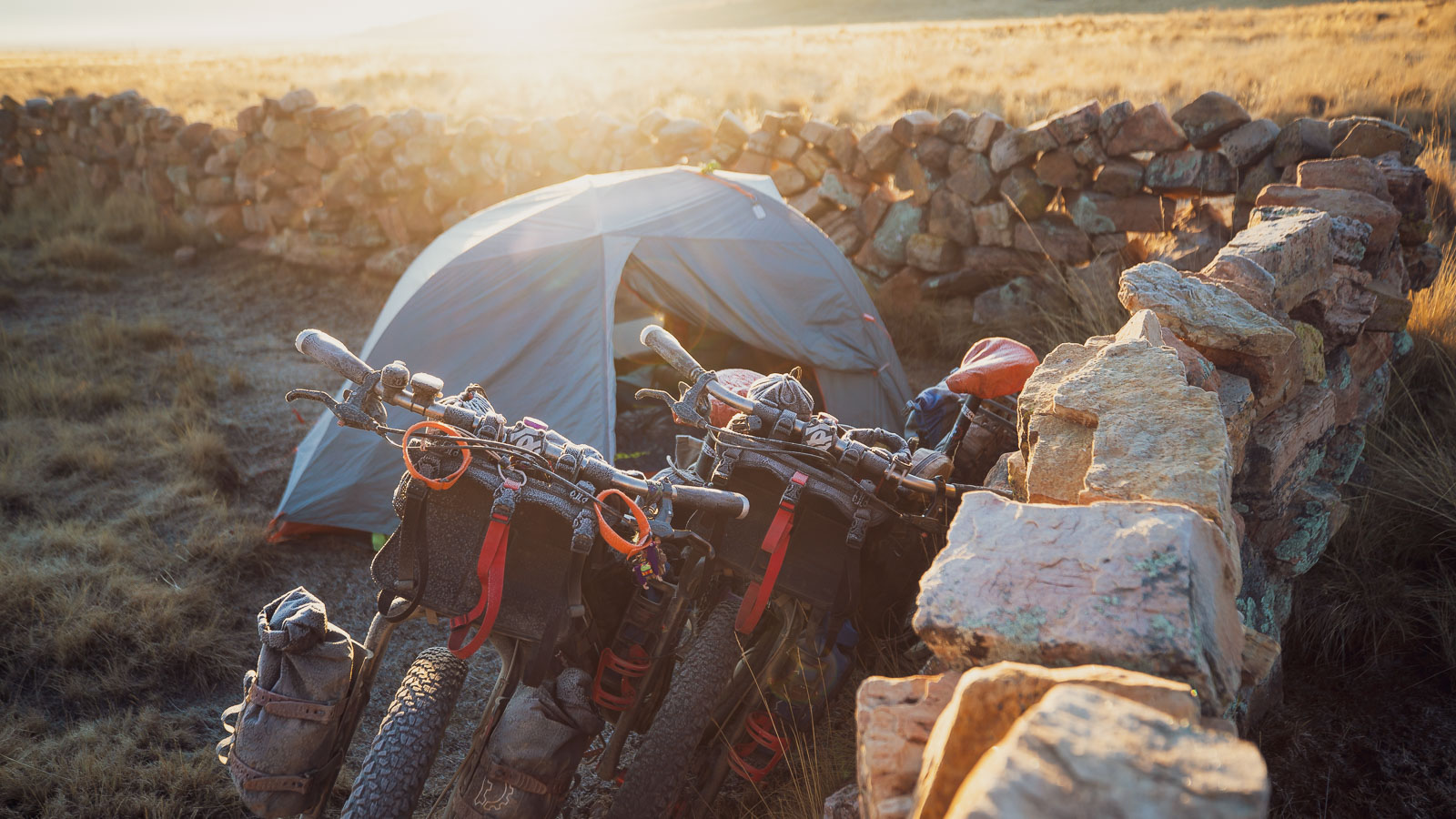
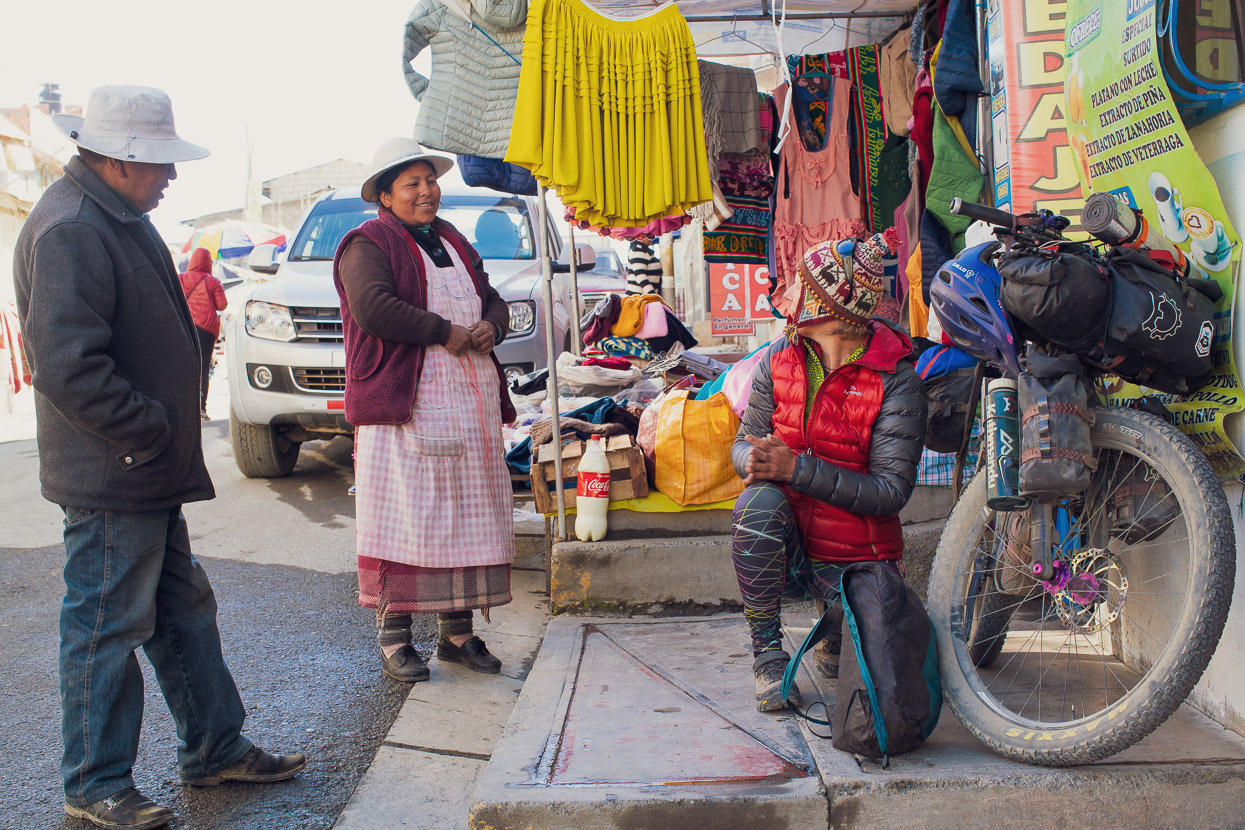
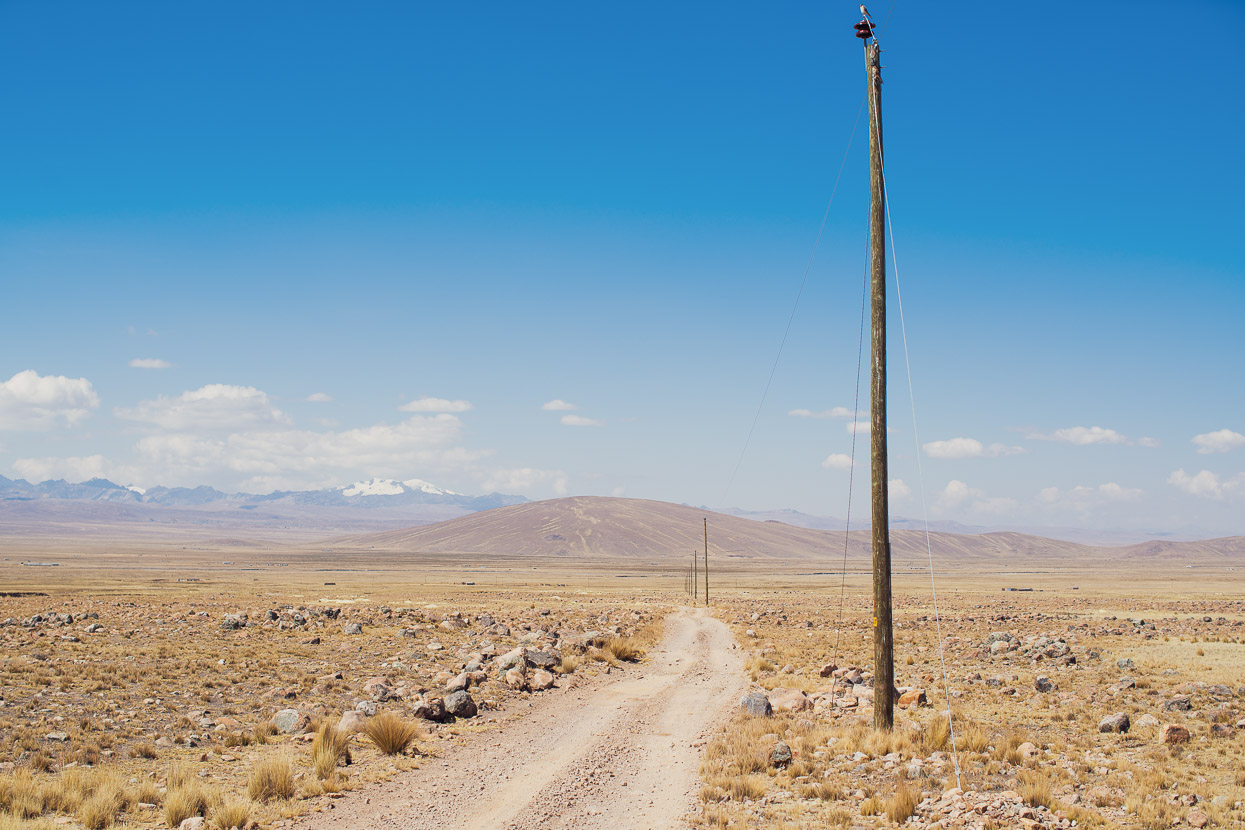
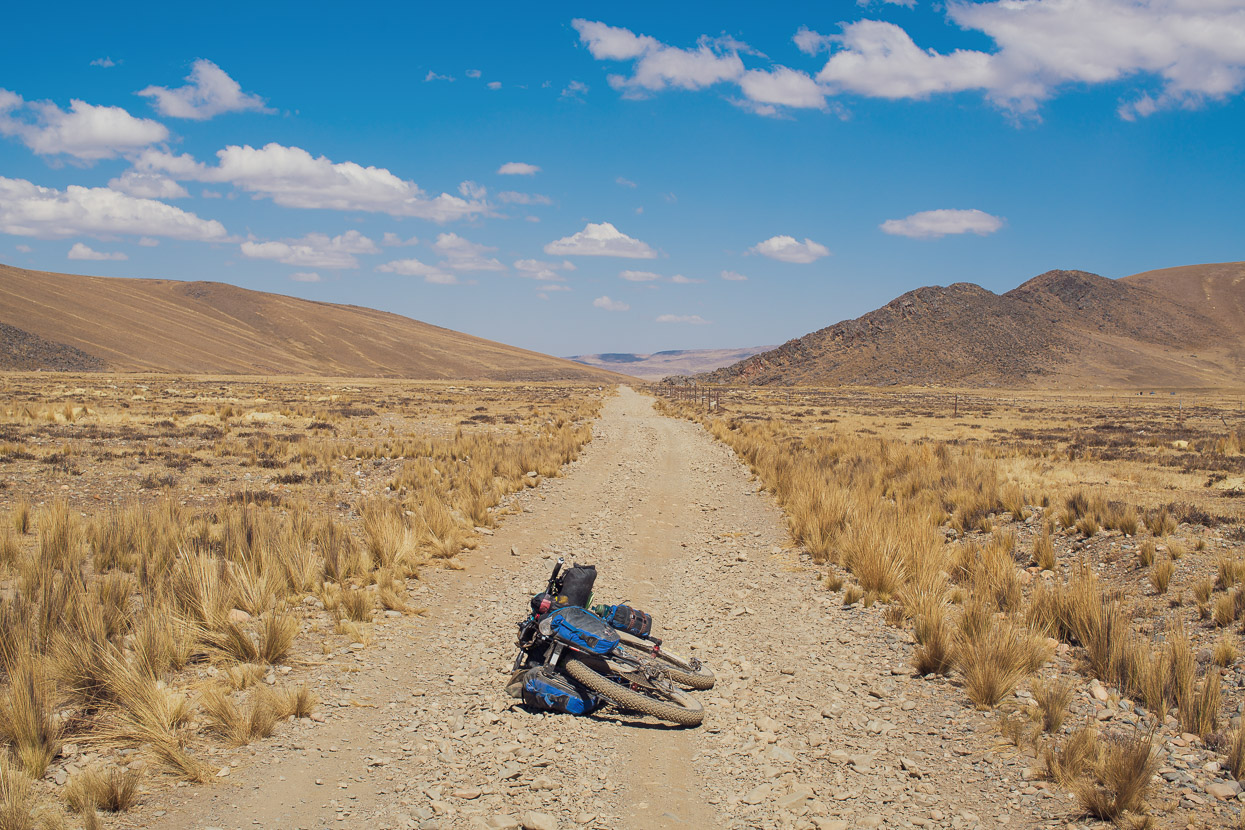
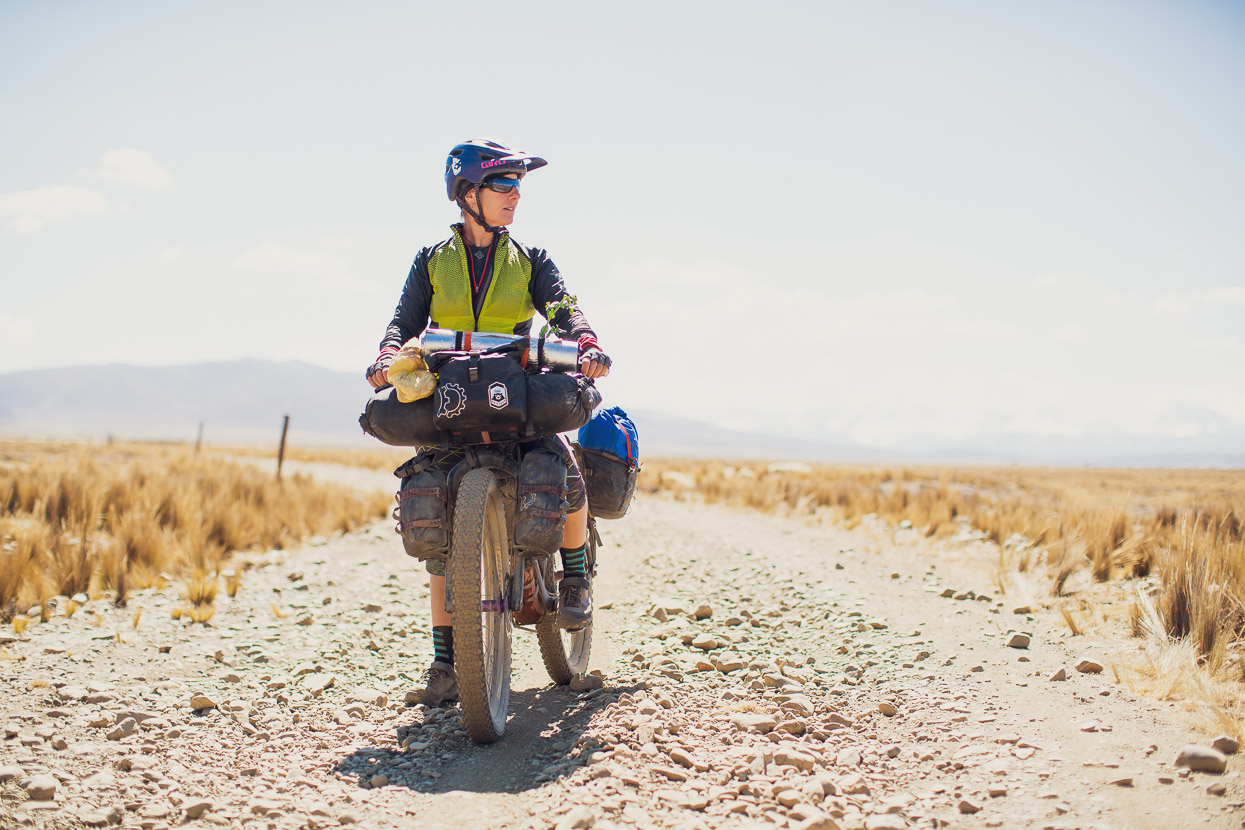
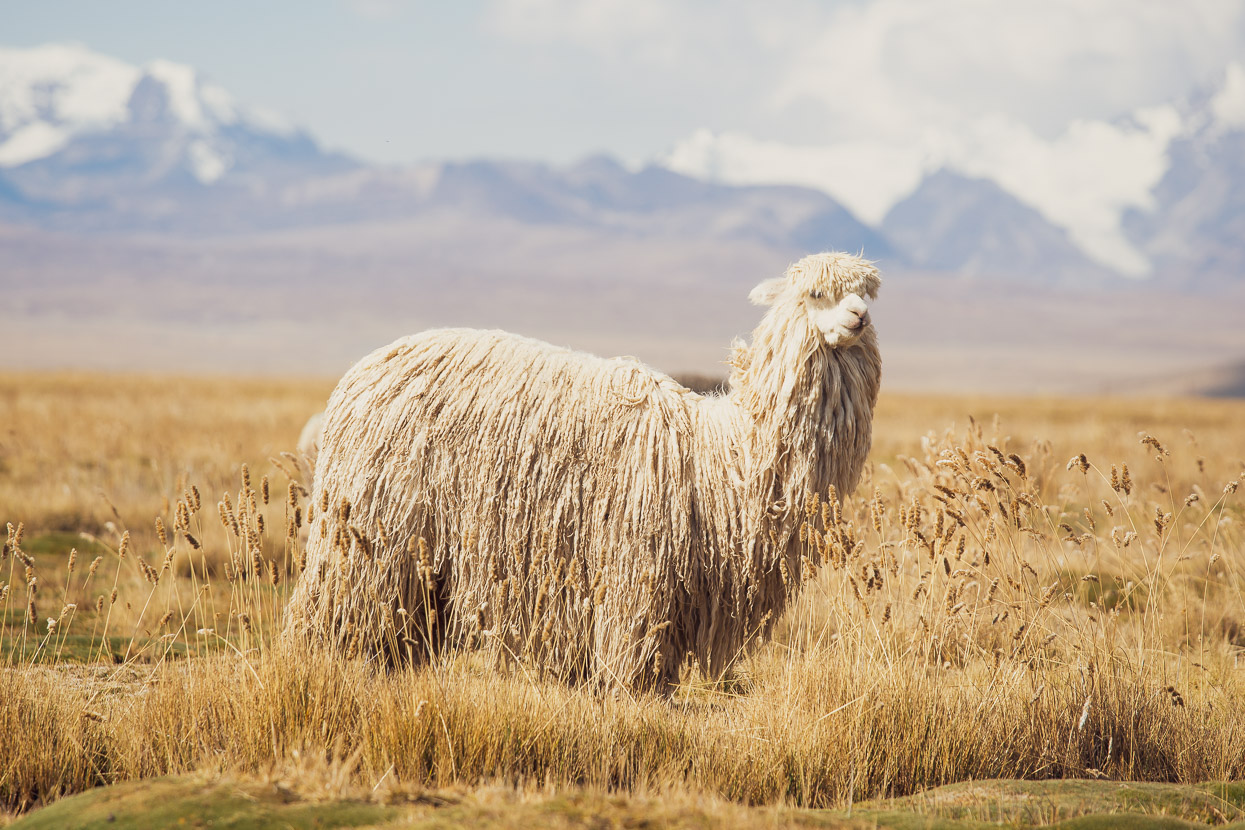
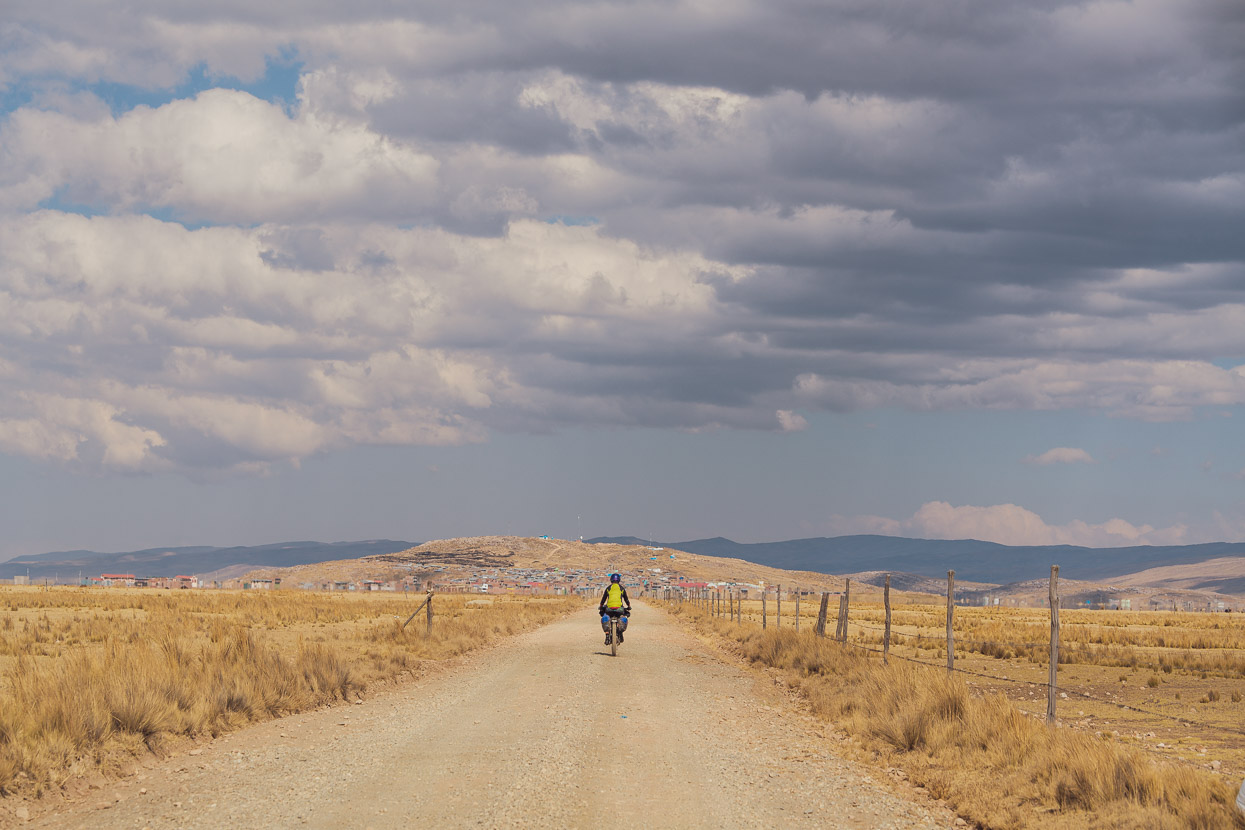
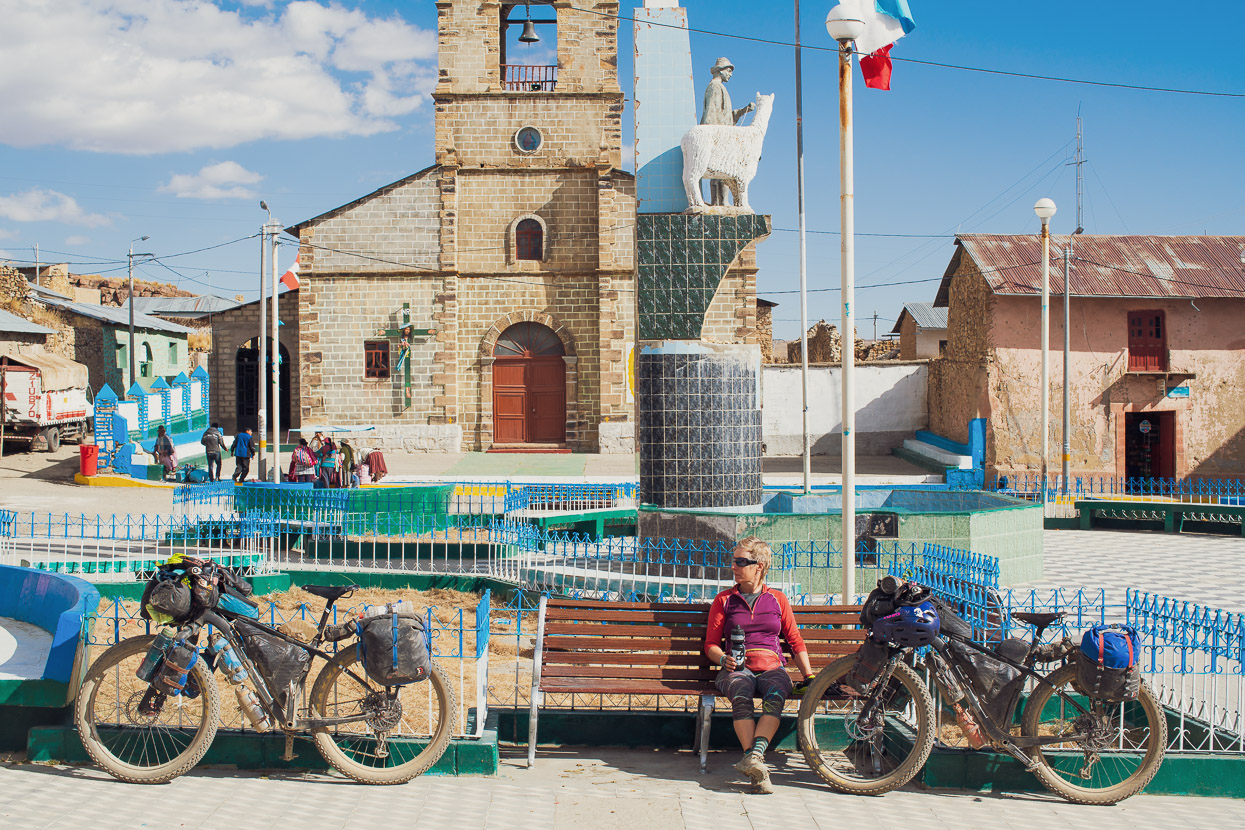
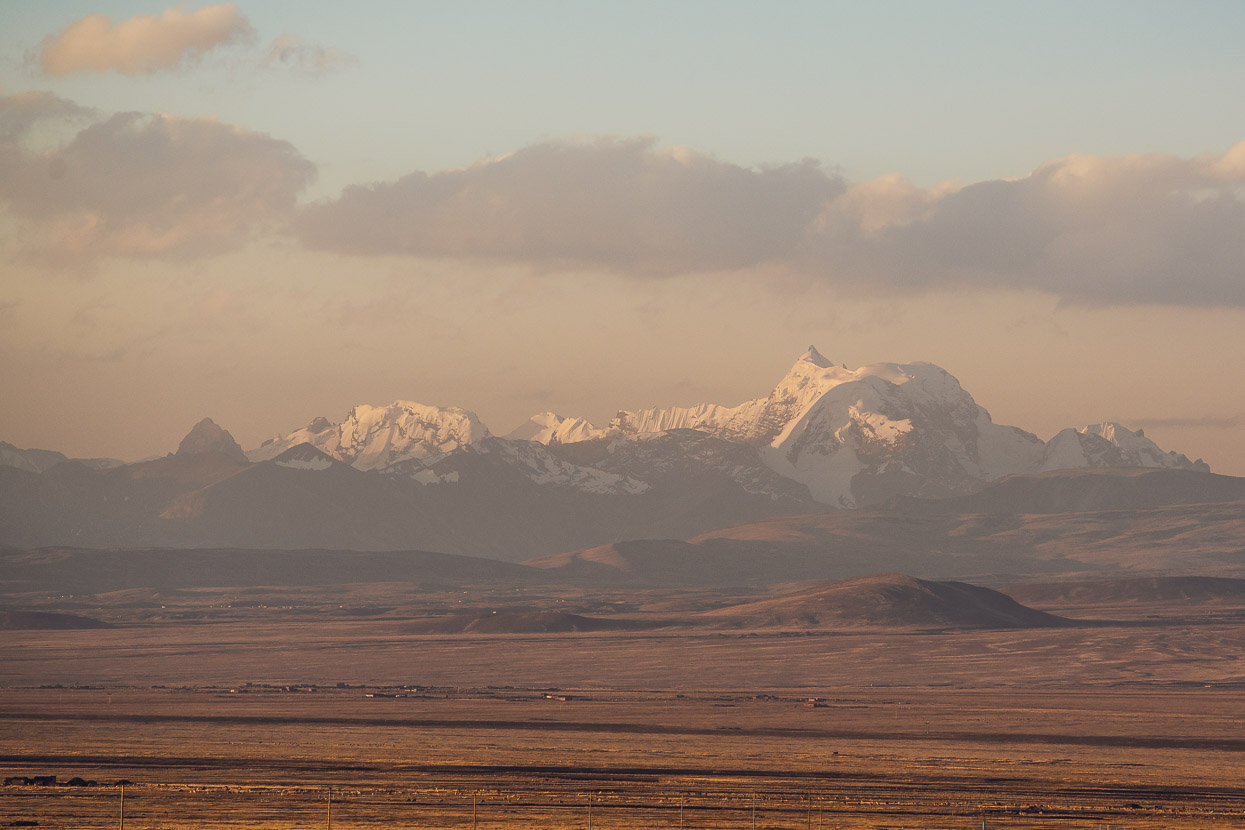
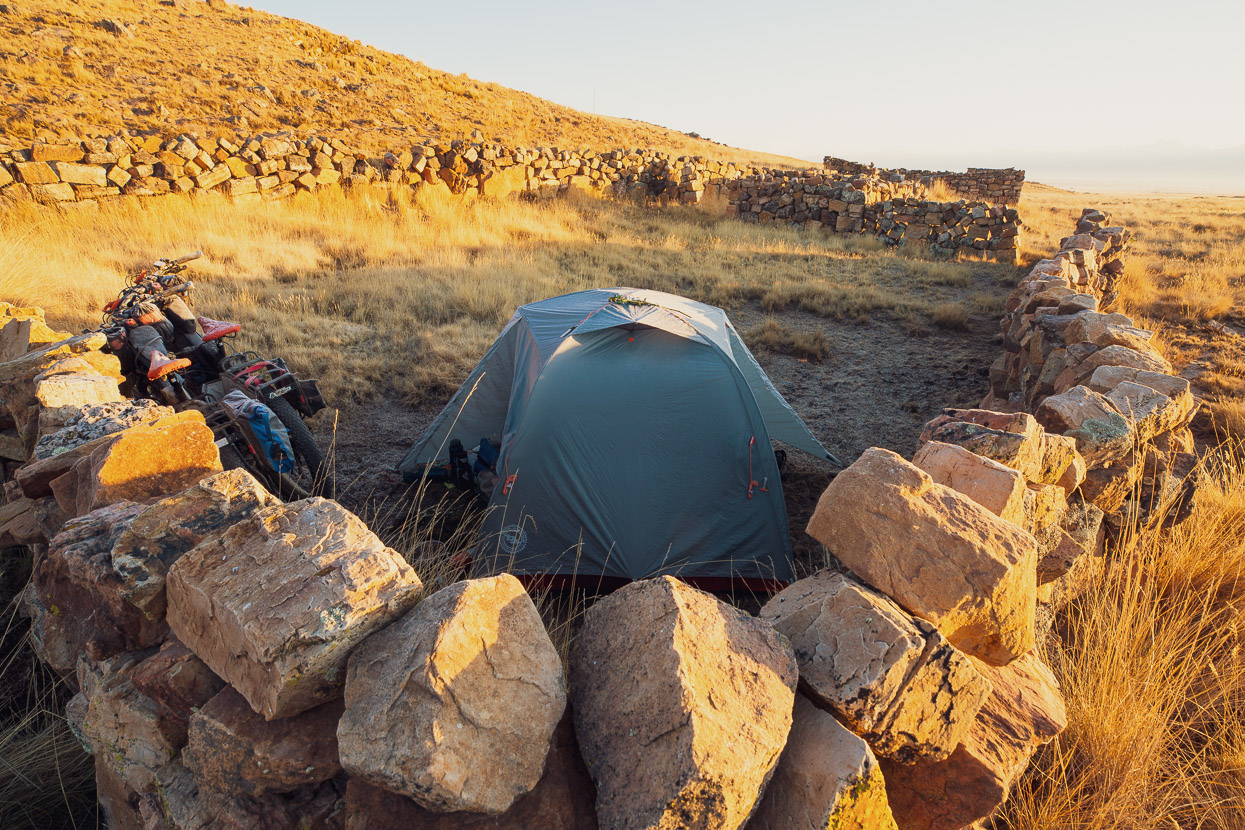
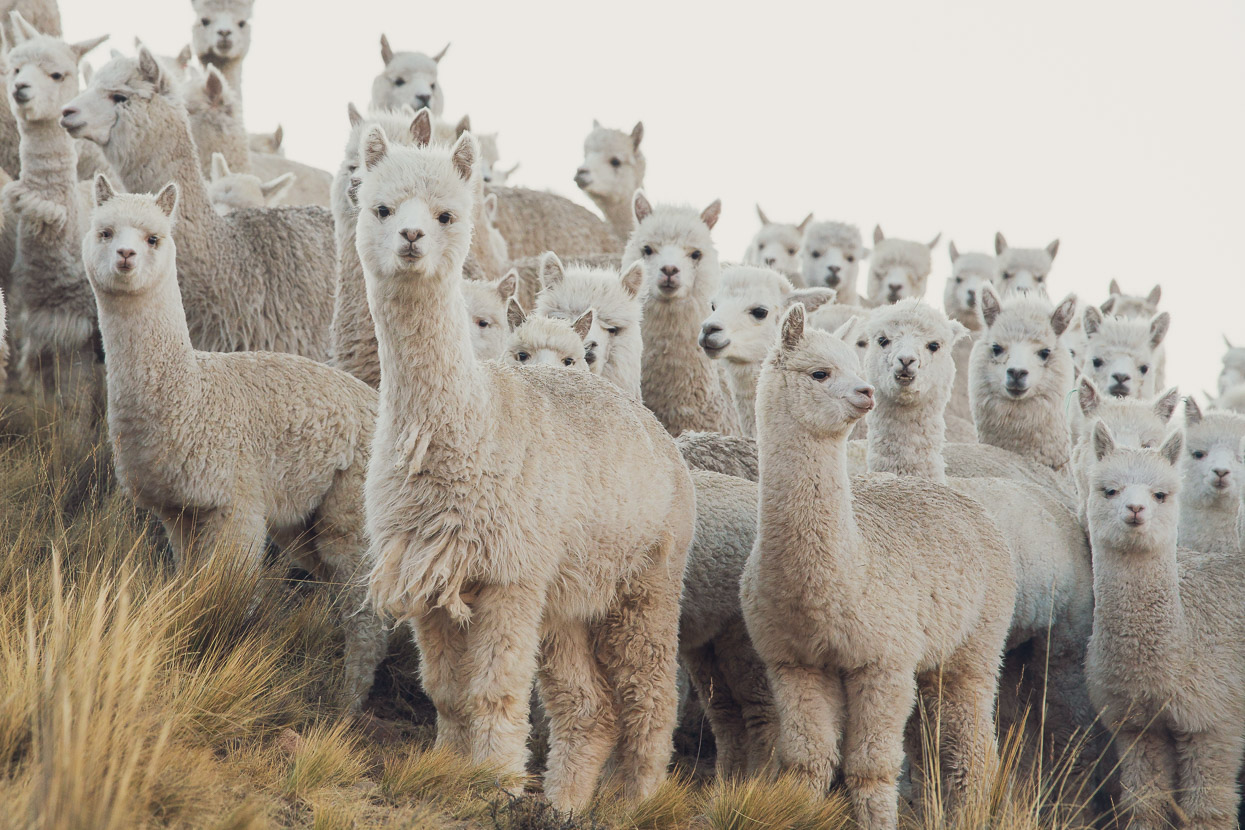
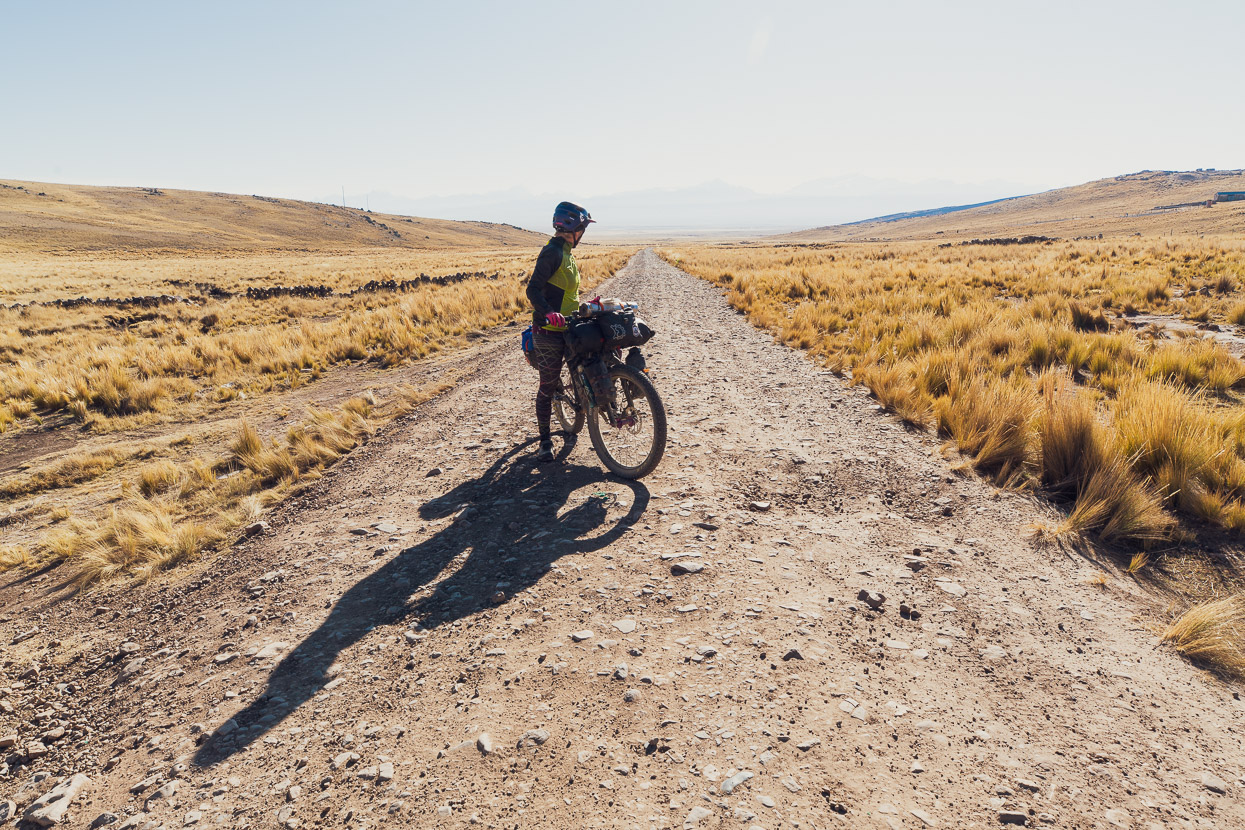
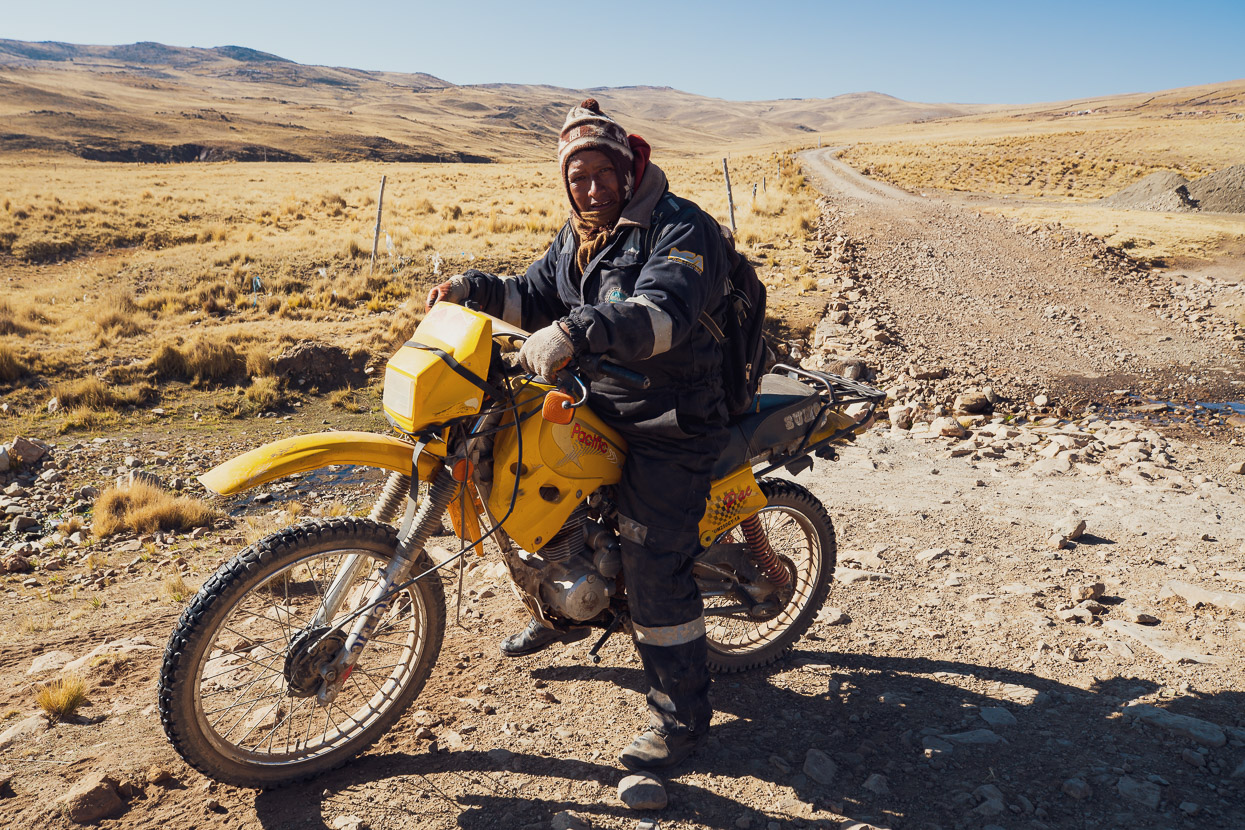
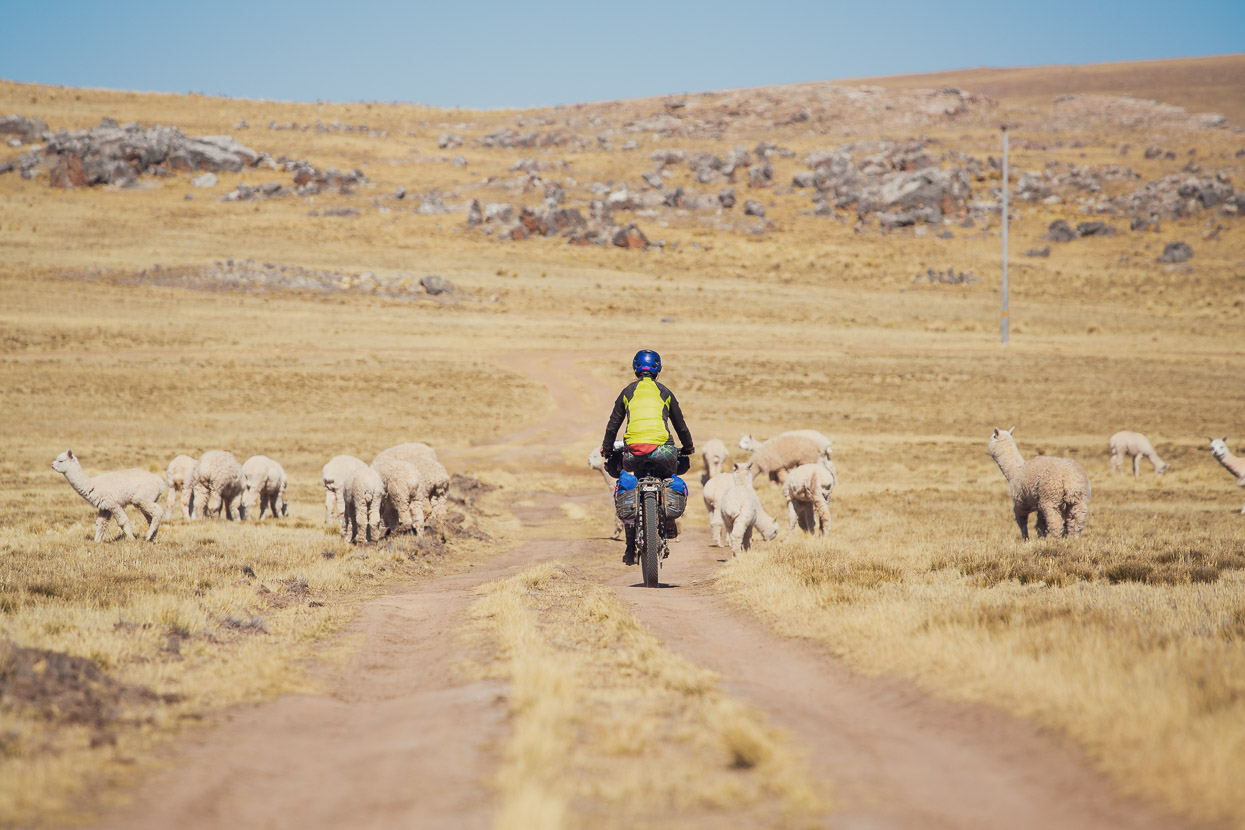
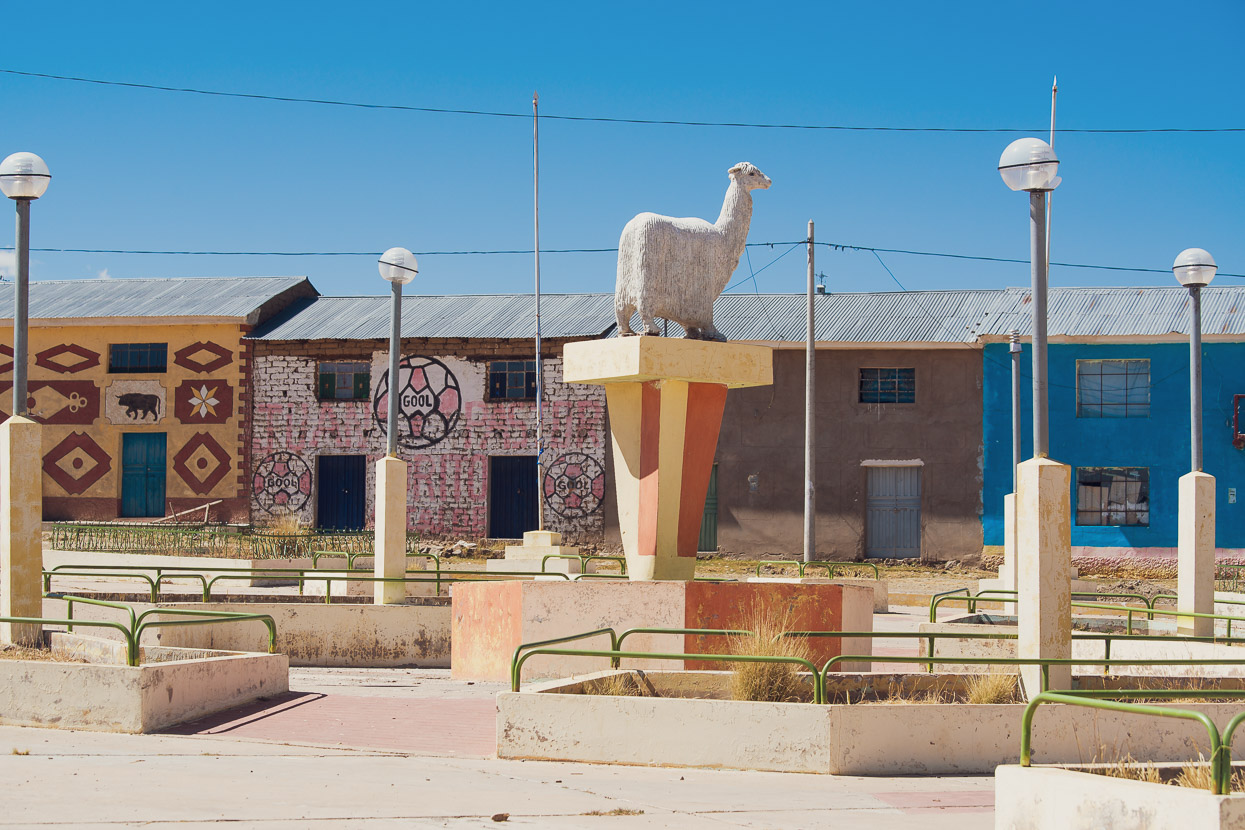
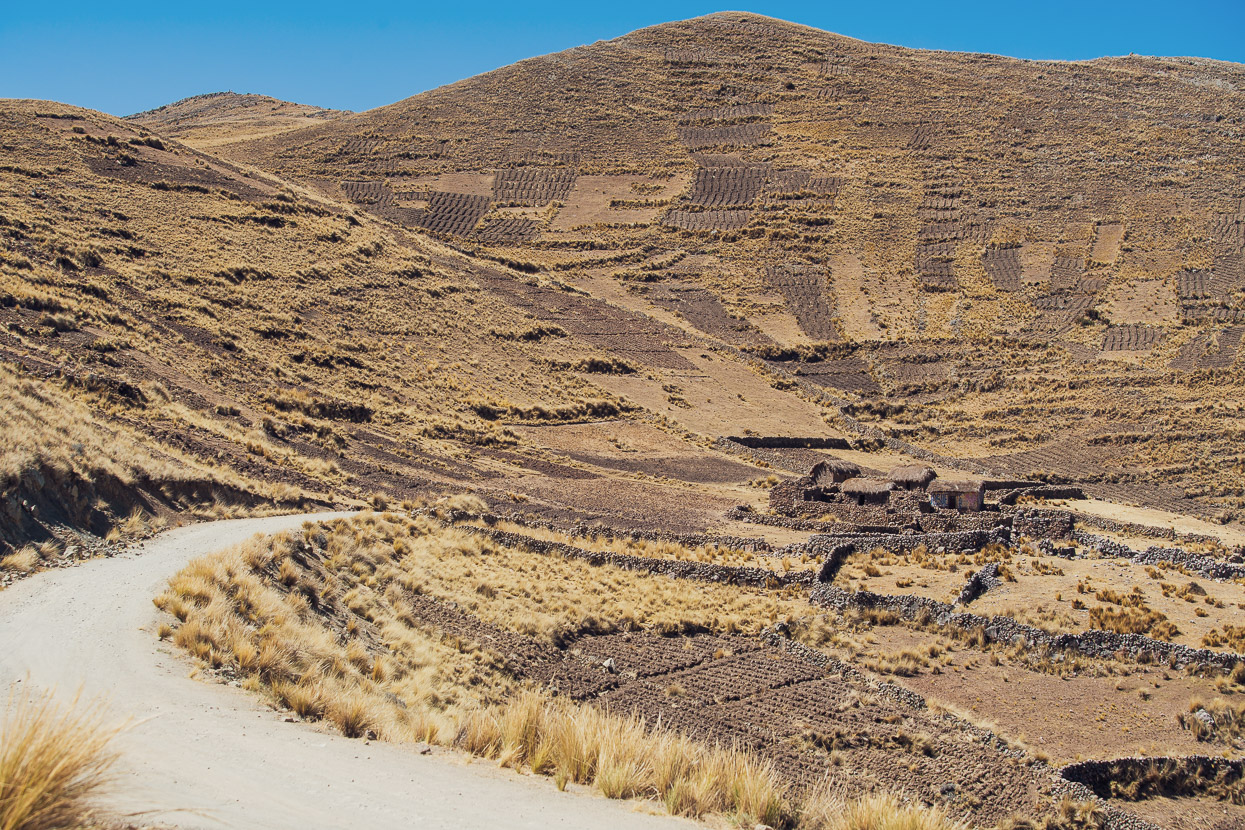
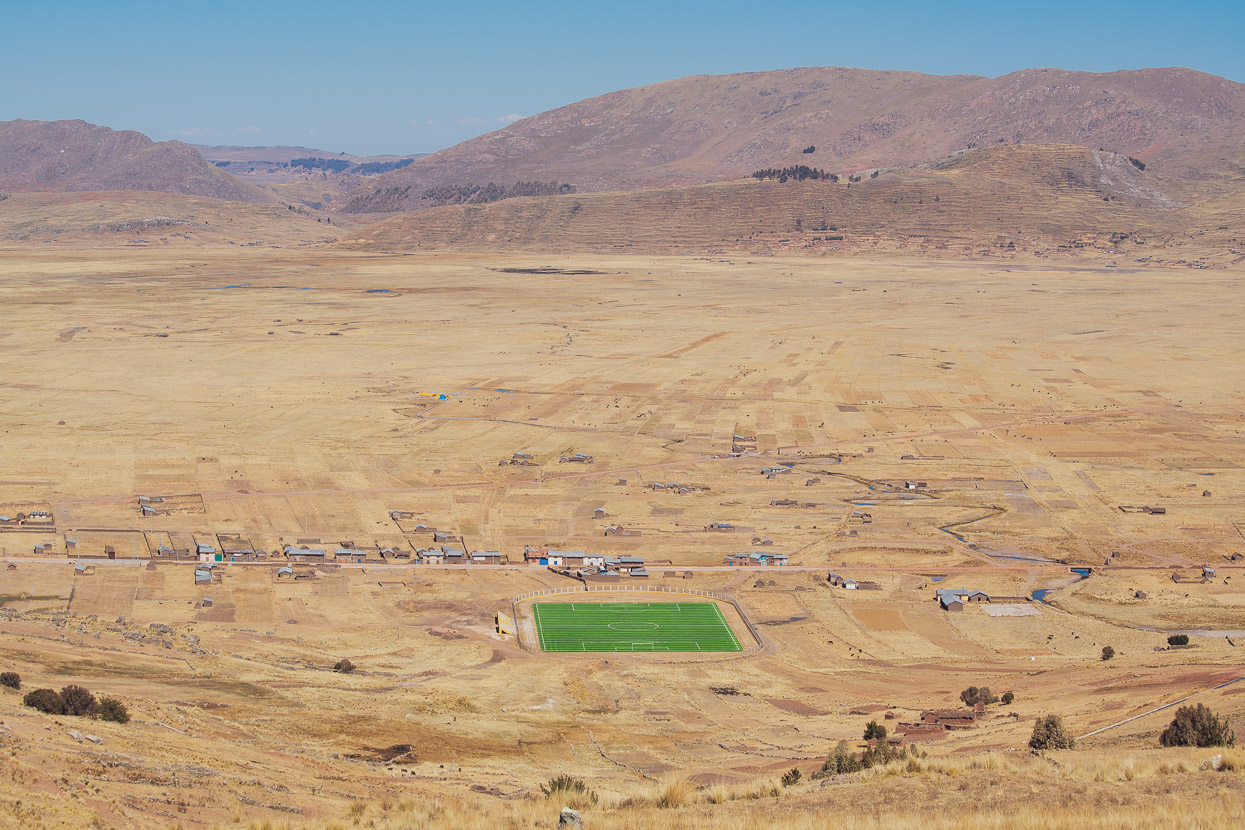
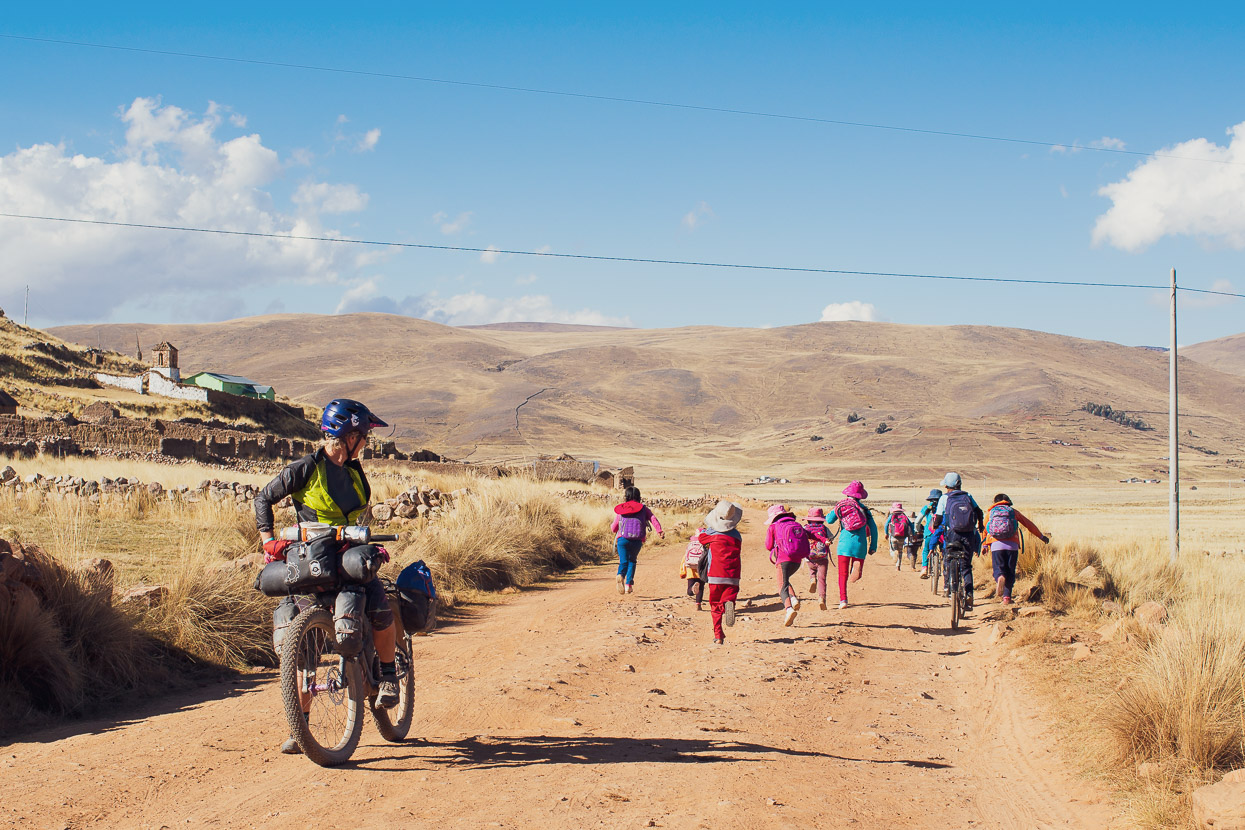
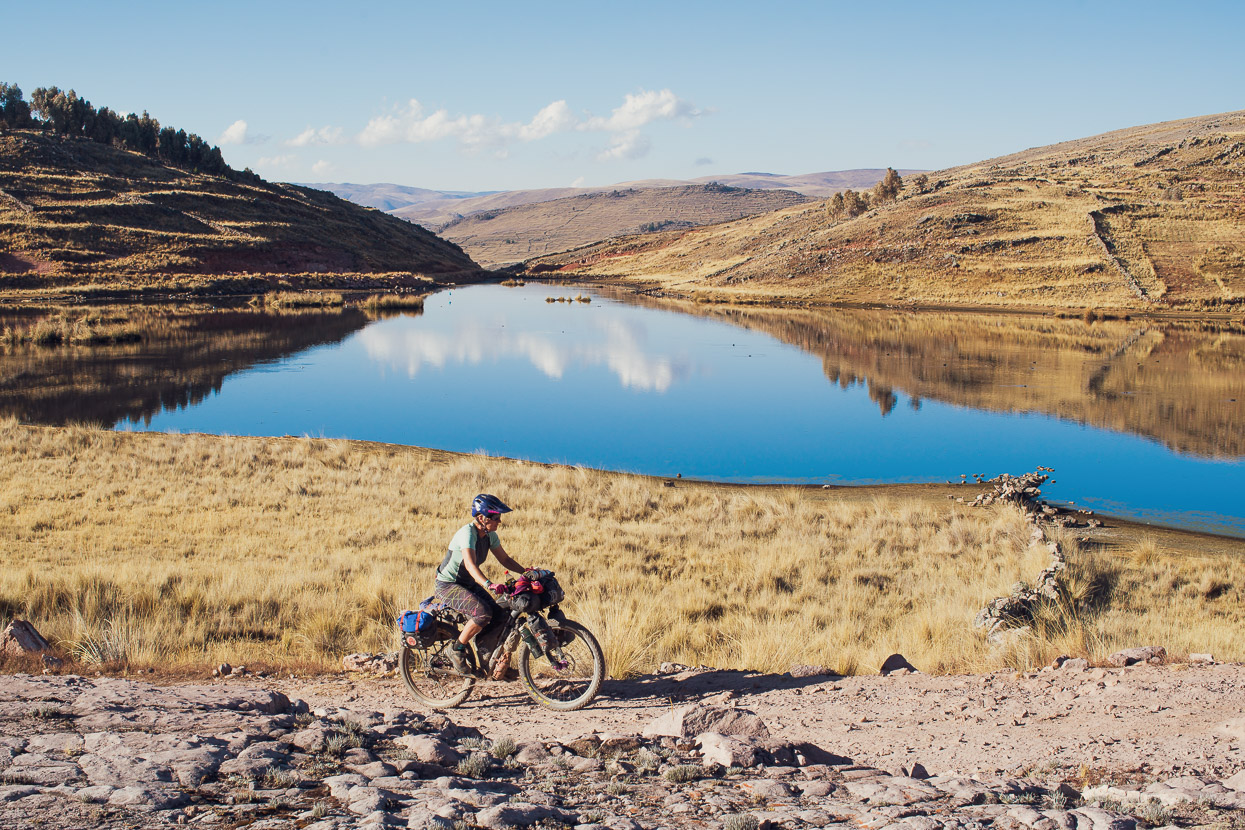
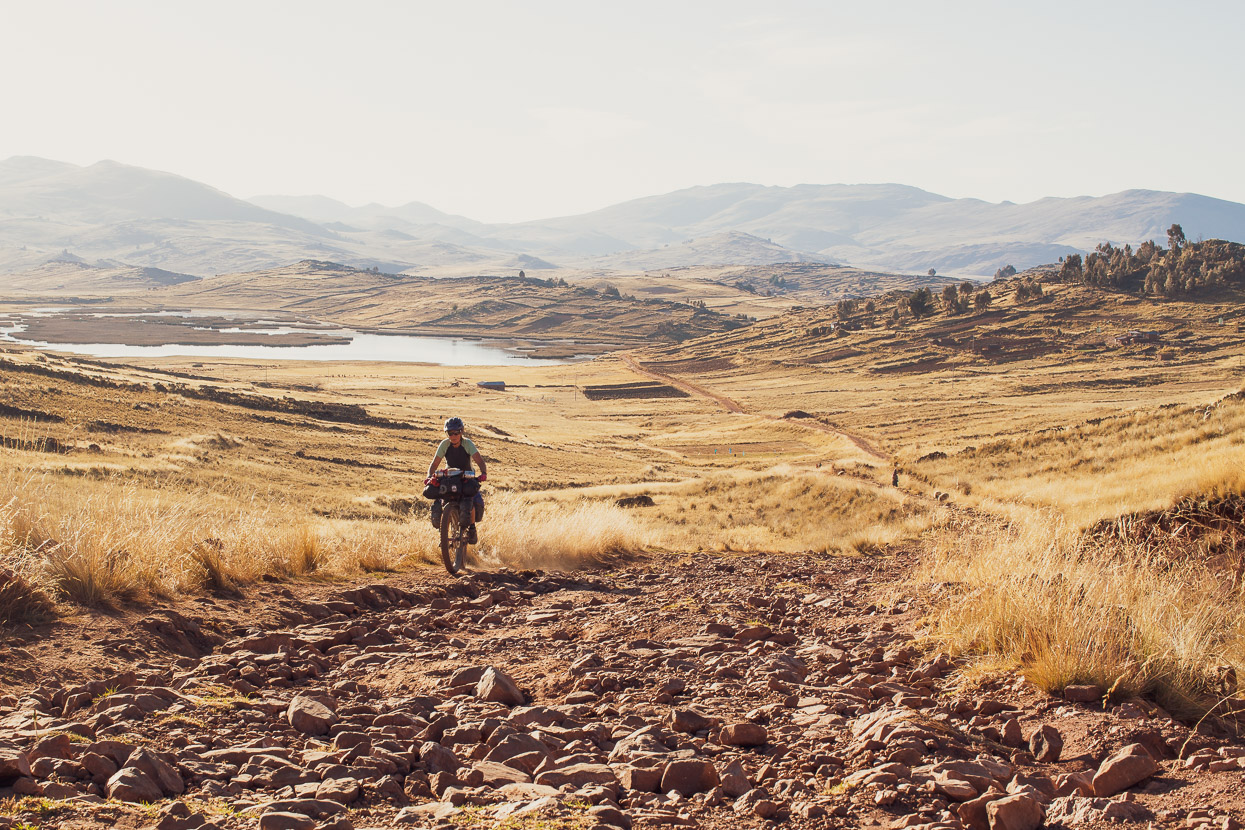
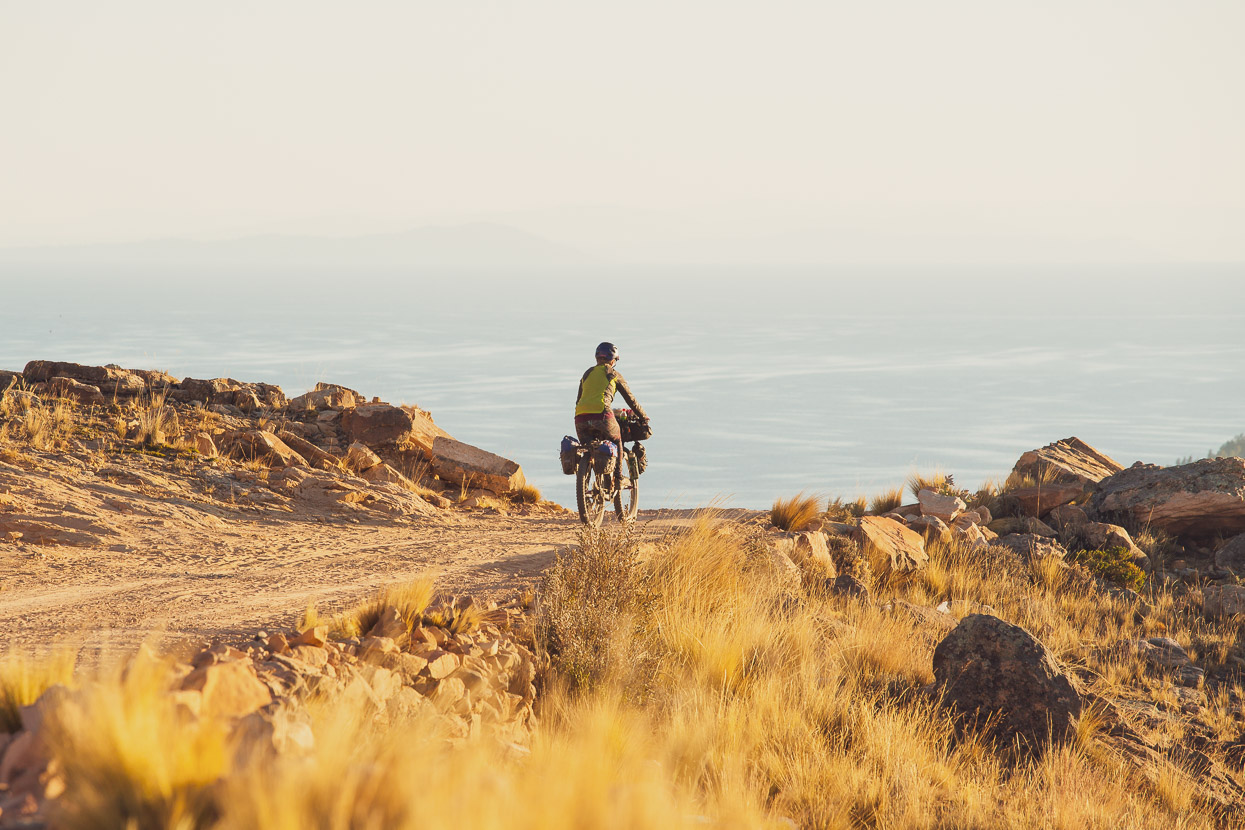
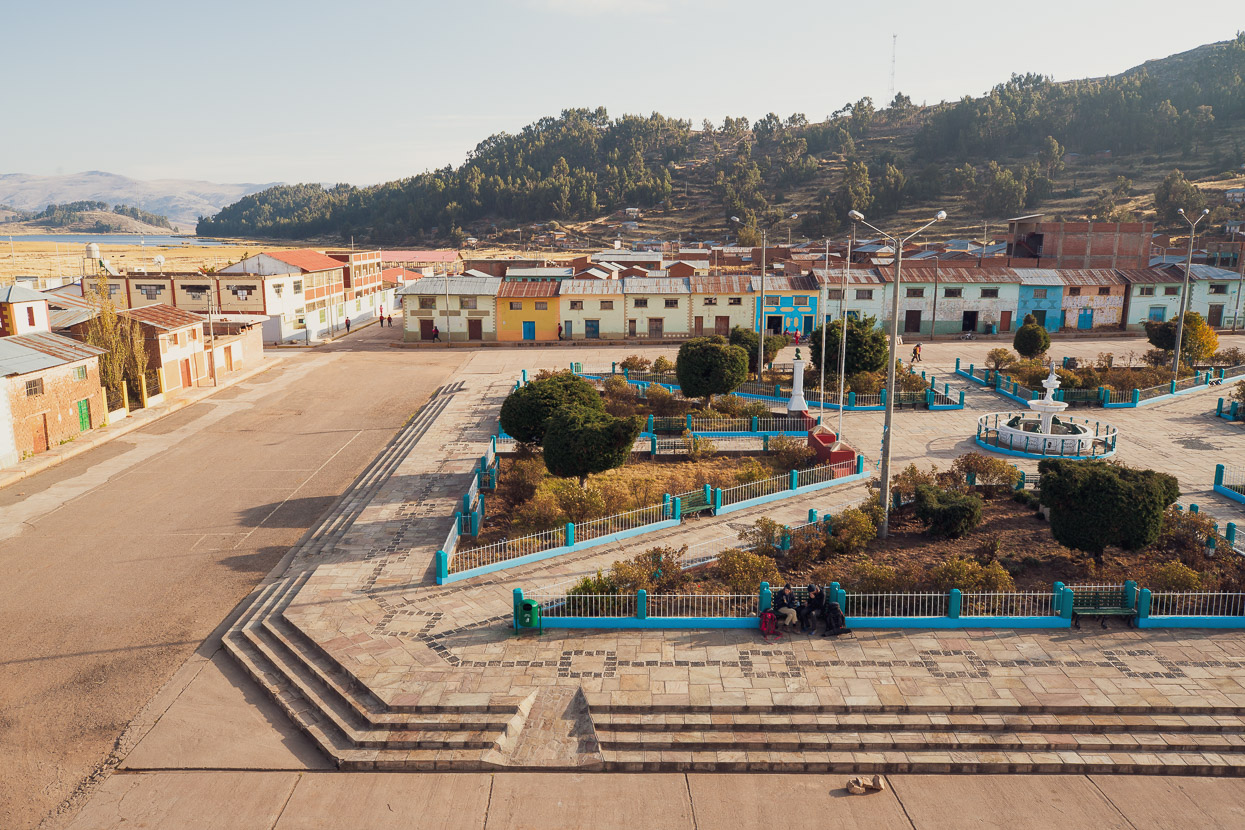
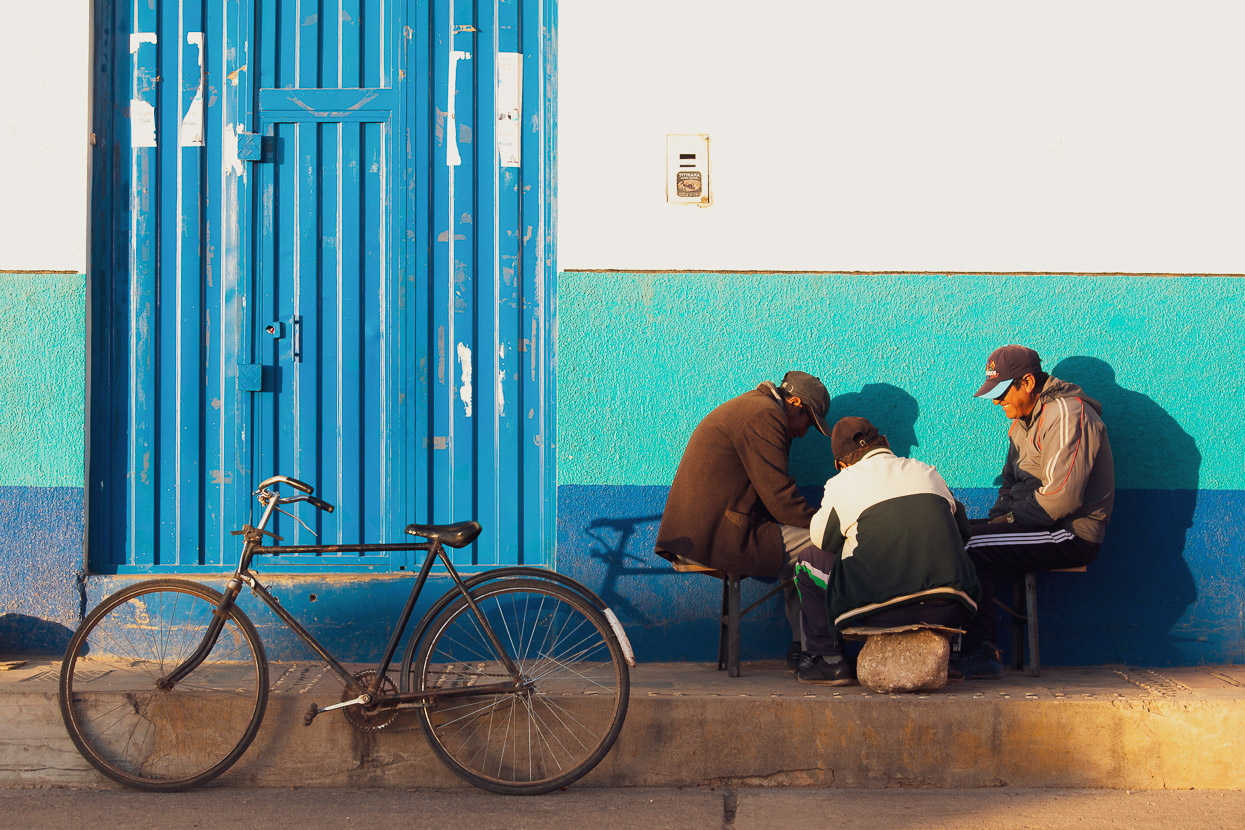
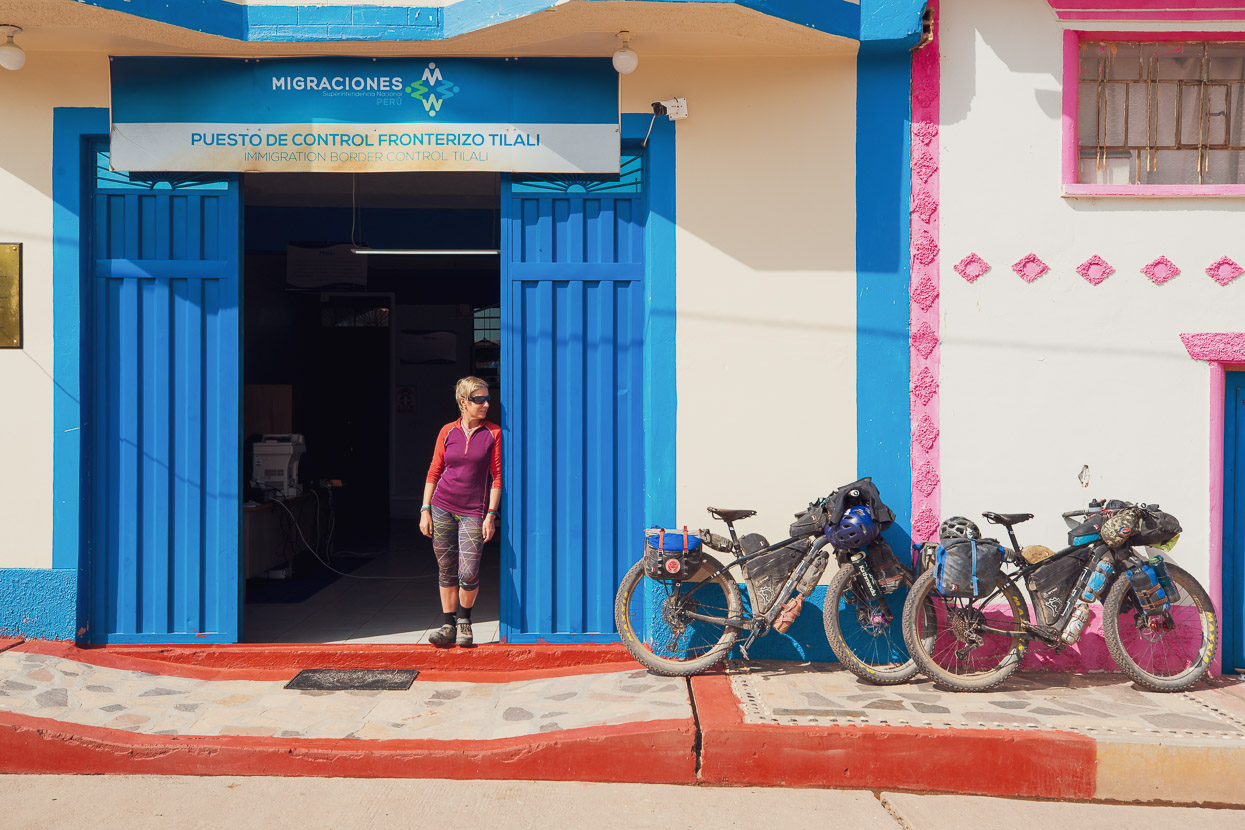
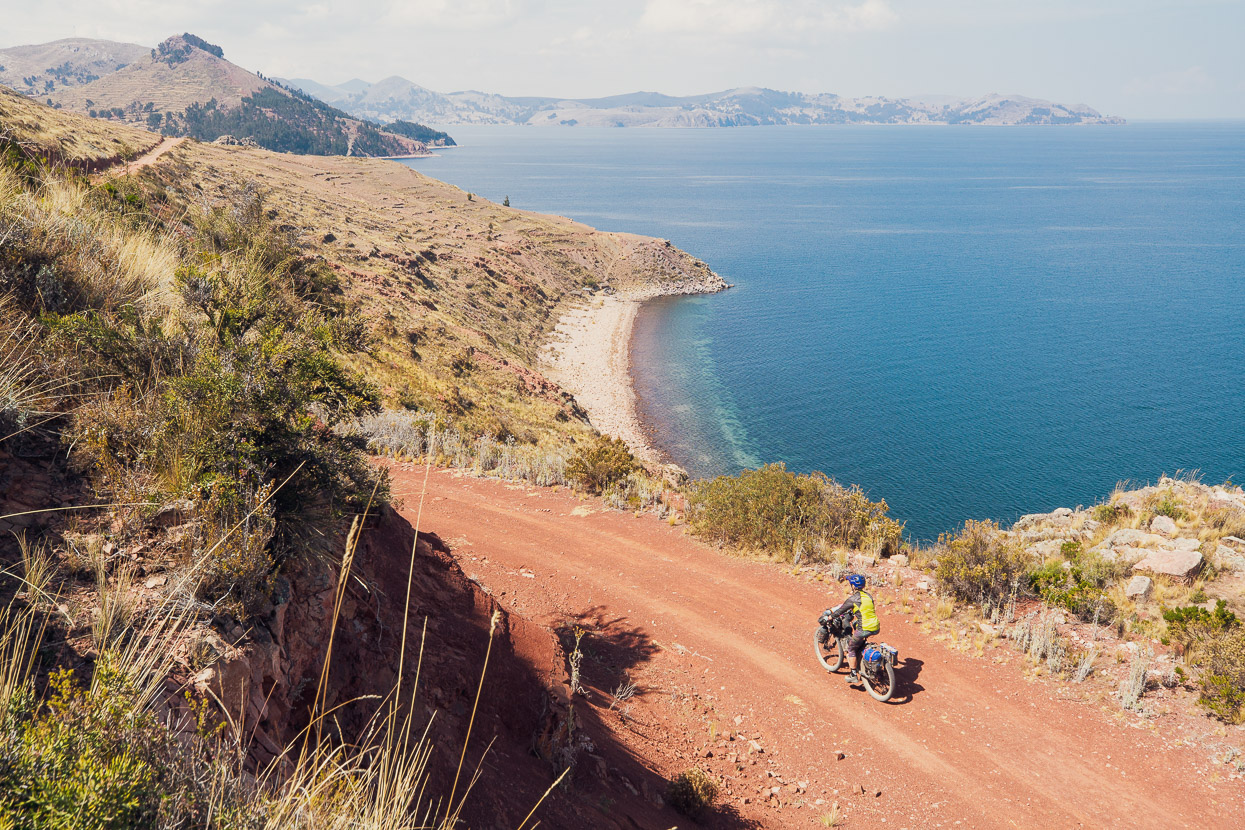
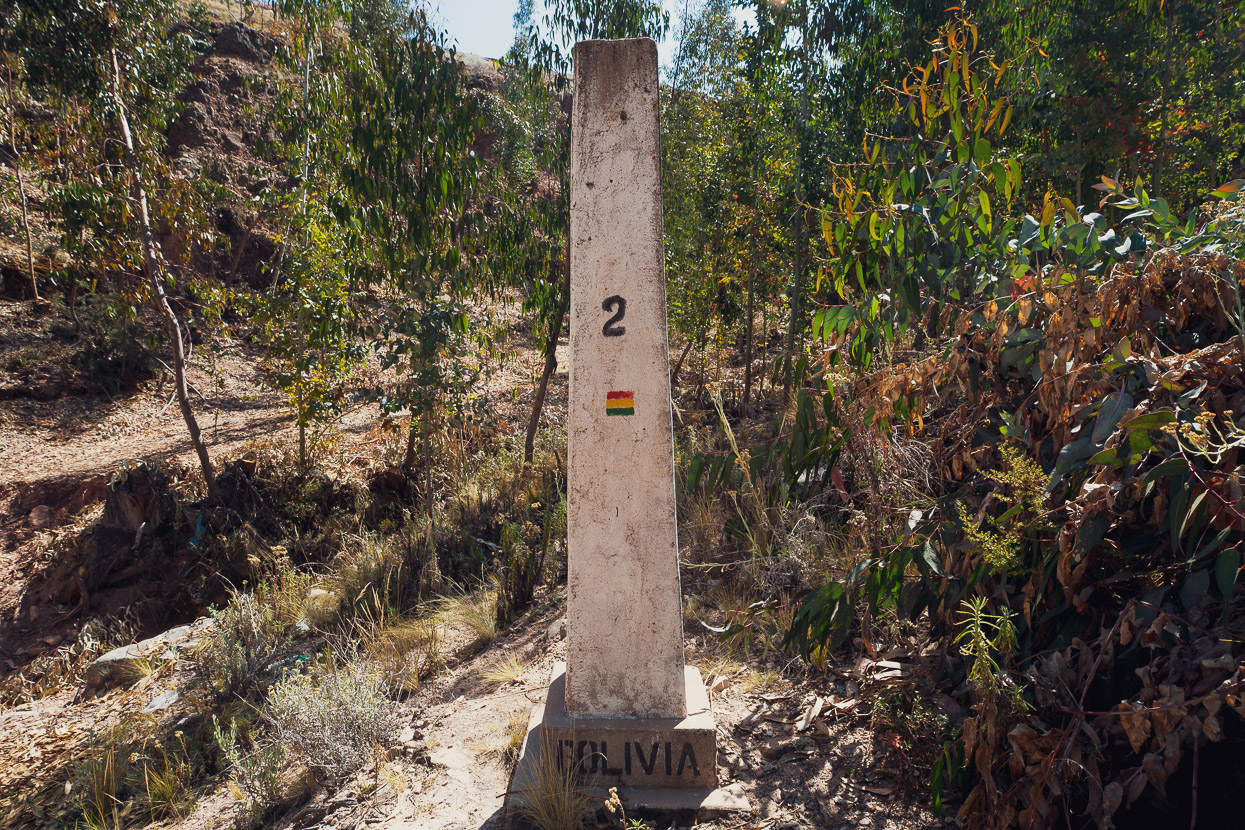
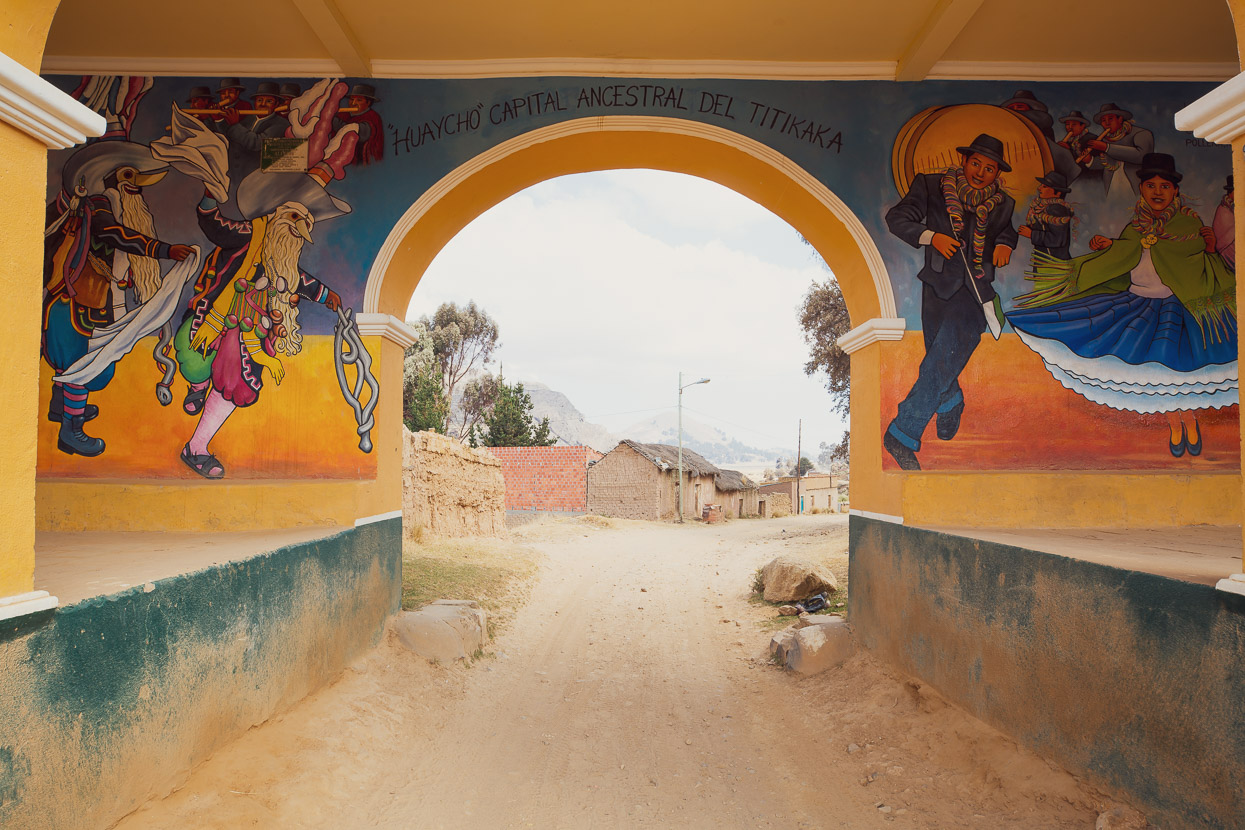
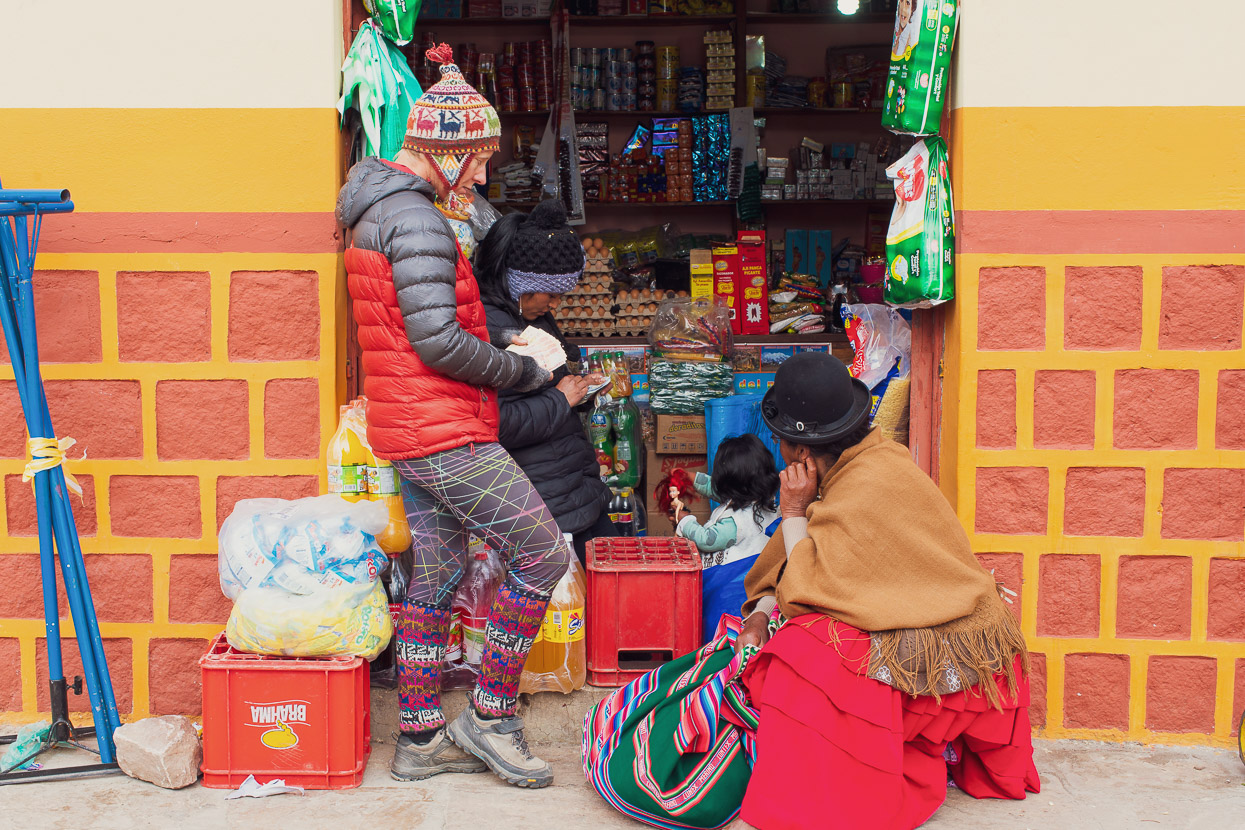
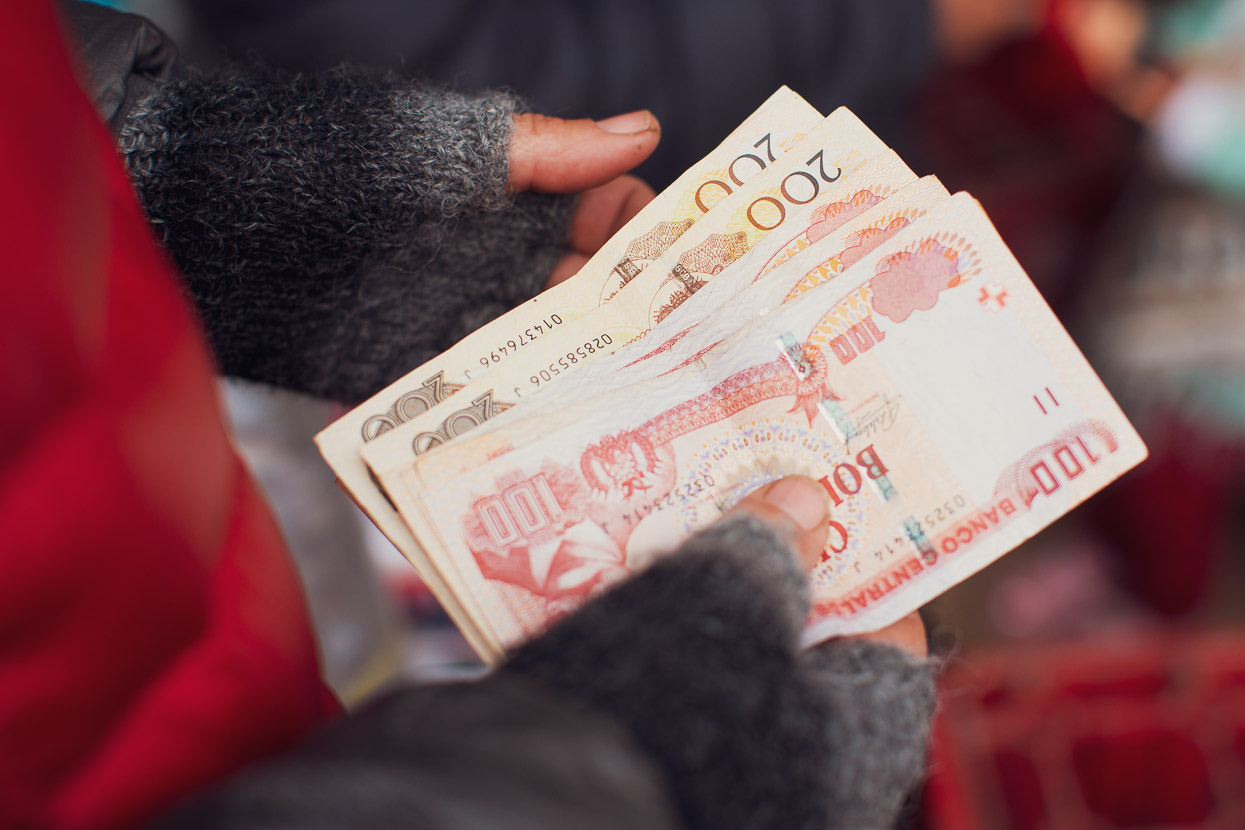
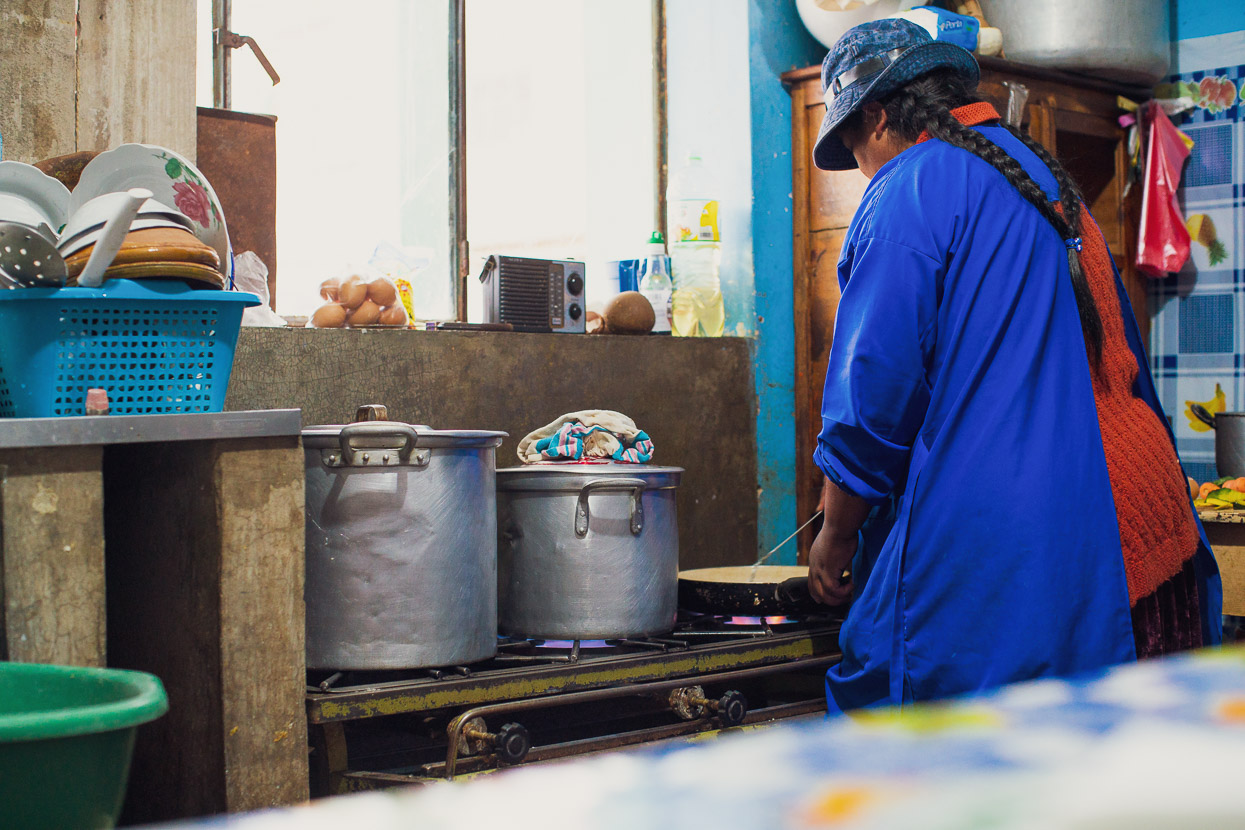
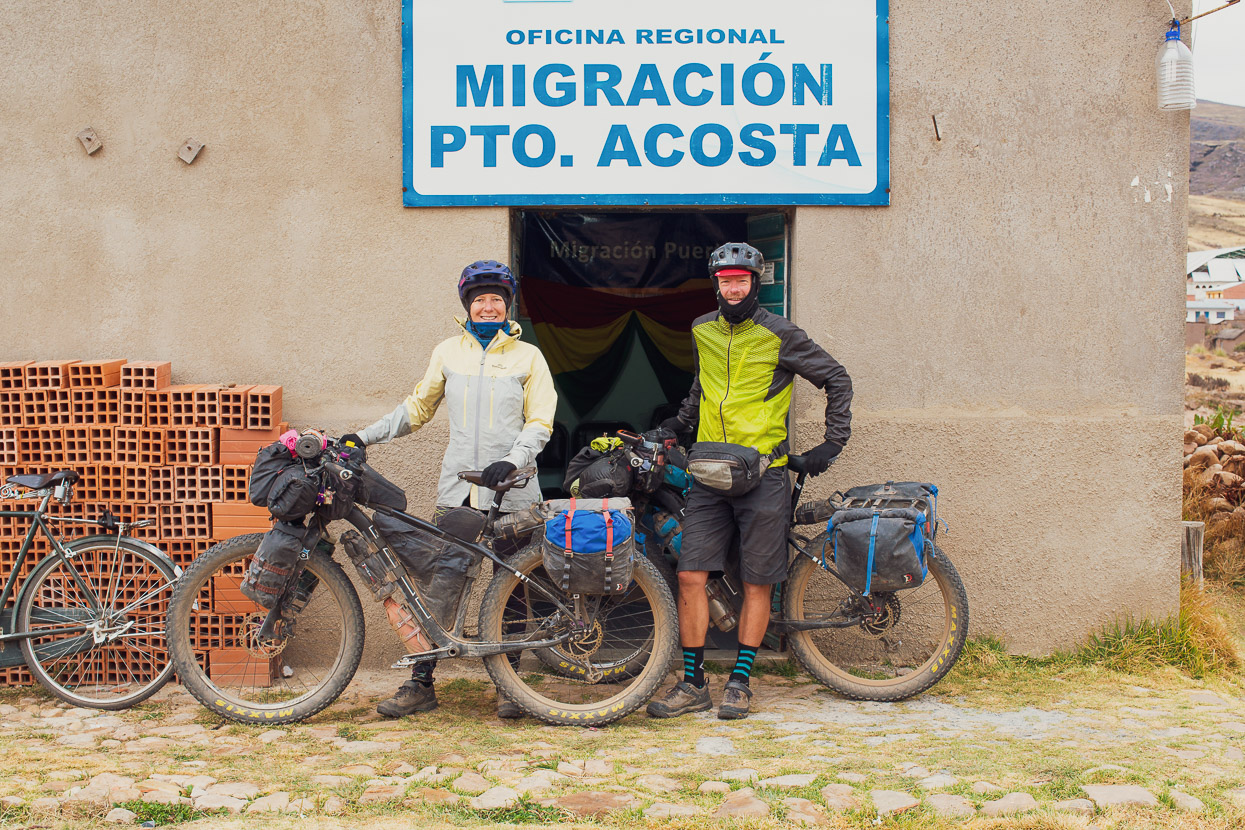
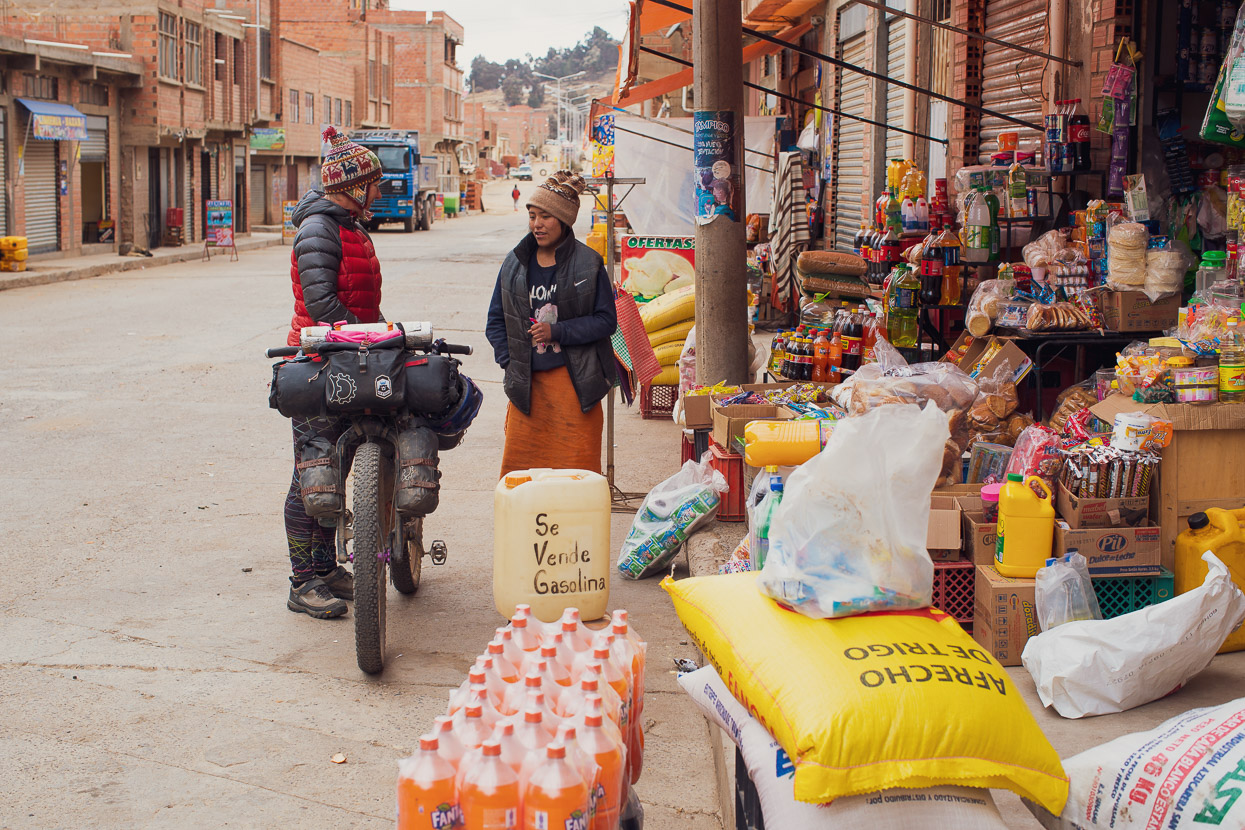




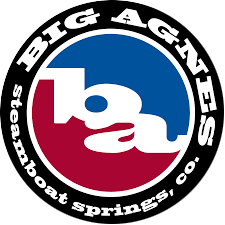





Those open air shops look interesting ? Rather than close the fronts off, do they sleep on the premises ? Love all the colour. Enjoying your commentaries, re the indigenous folk & the food. How do they store their potatoes over Winter ? Travel safely .
Thanks Madge, always nice to hear from you. Those shops are repacked inside a garage type space each night and a roller door closed. The whole family tends to live in the back or in a room upstairs. The potatoes are an interesting one – they actually use a natural freeze-drying method to get the liquid out and they then keep for years. They’re called ‘chuños’. Added to a soup they soon rehydrate and actually taste pretty good – although Hana doesn’t like them 😉
Enjoying your write up so much ! Happy you’re gradually heading South. How do they store their potatoesthrough the winter months ? Keep up the good work; wonderfully interesting. Travel safely.